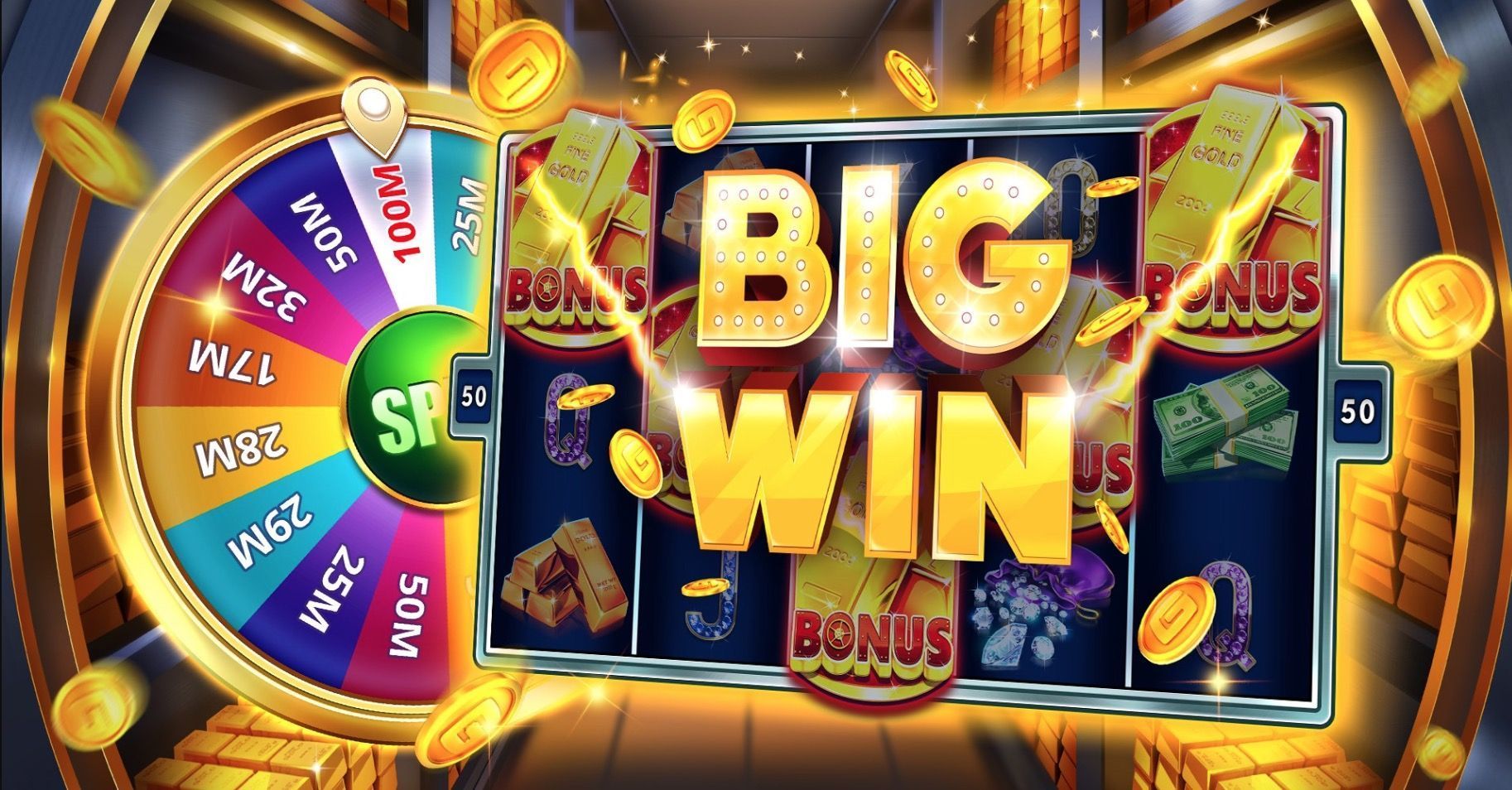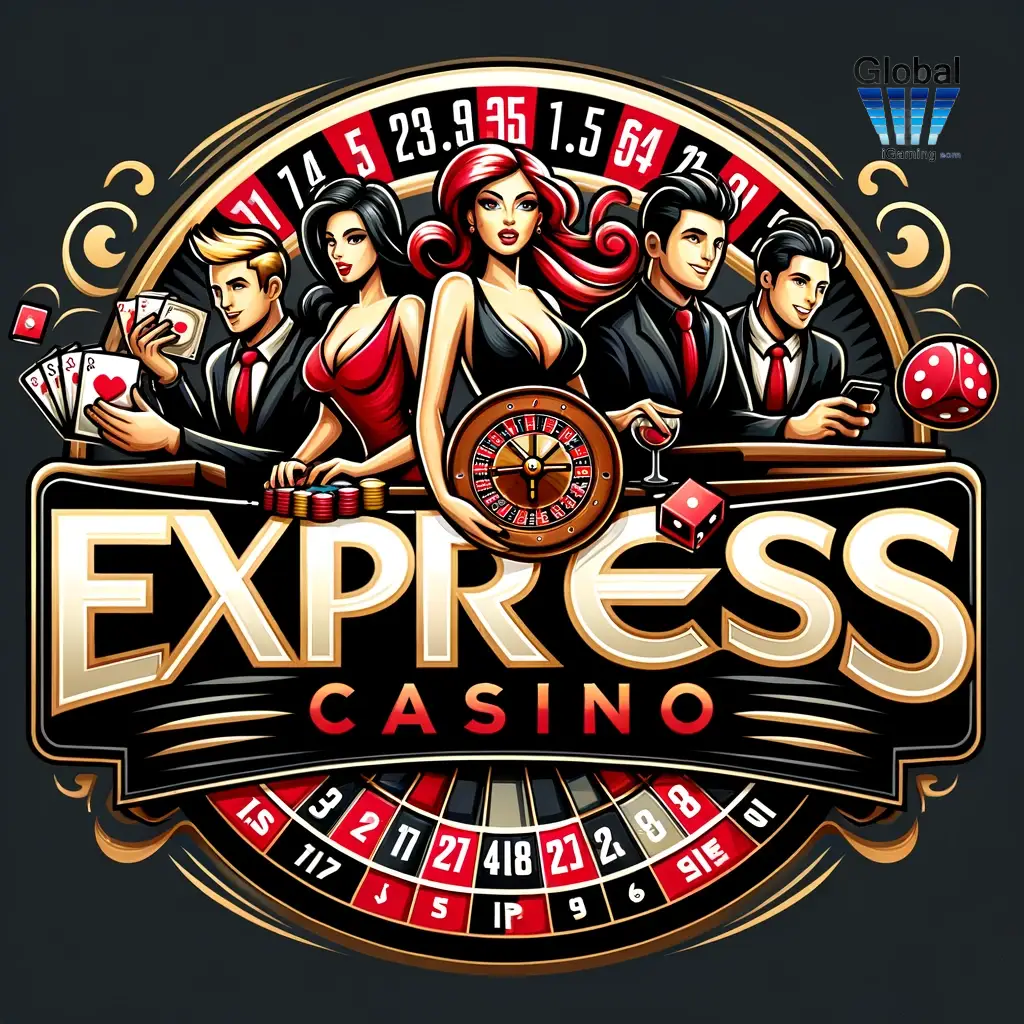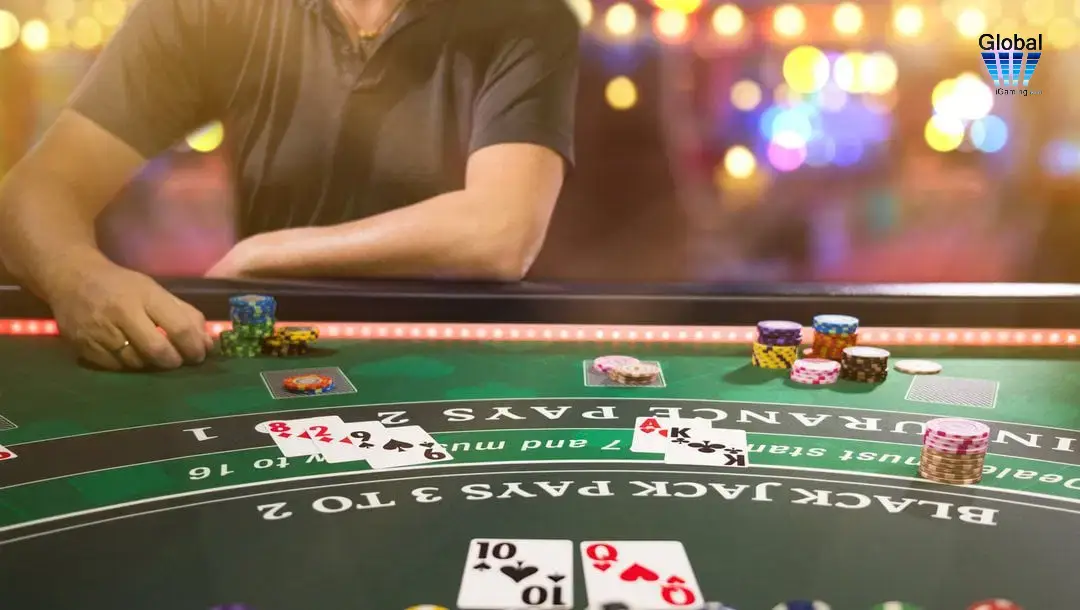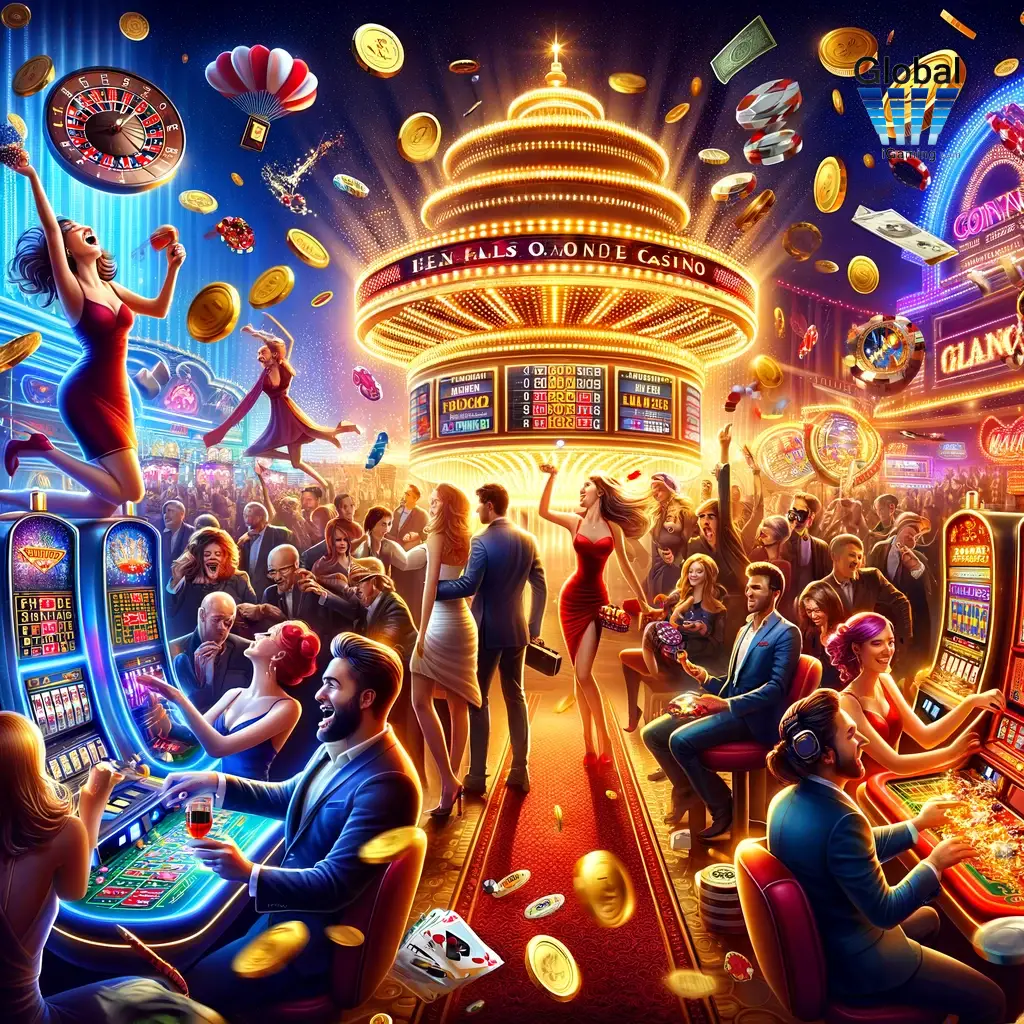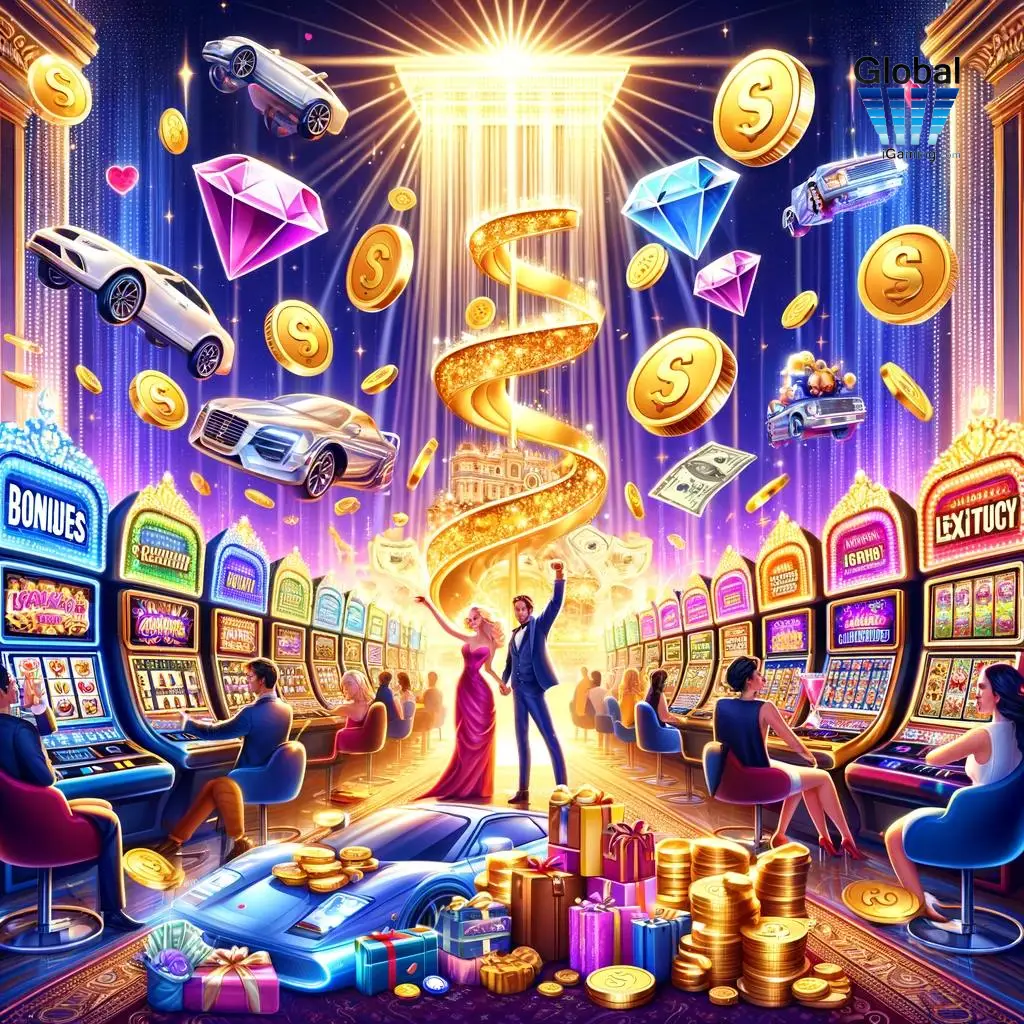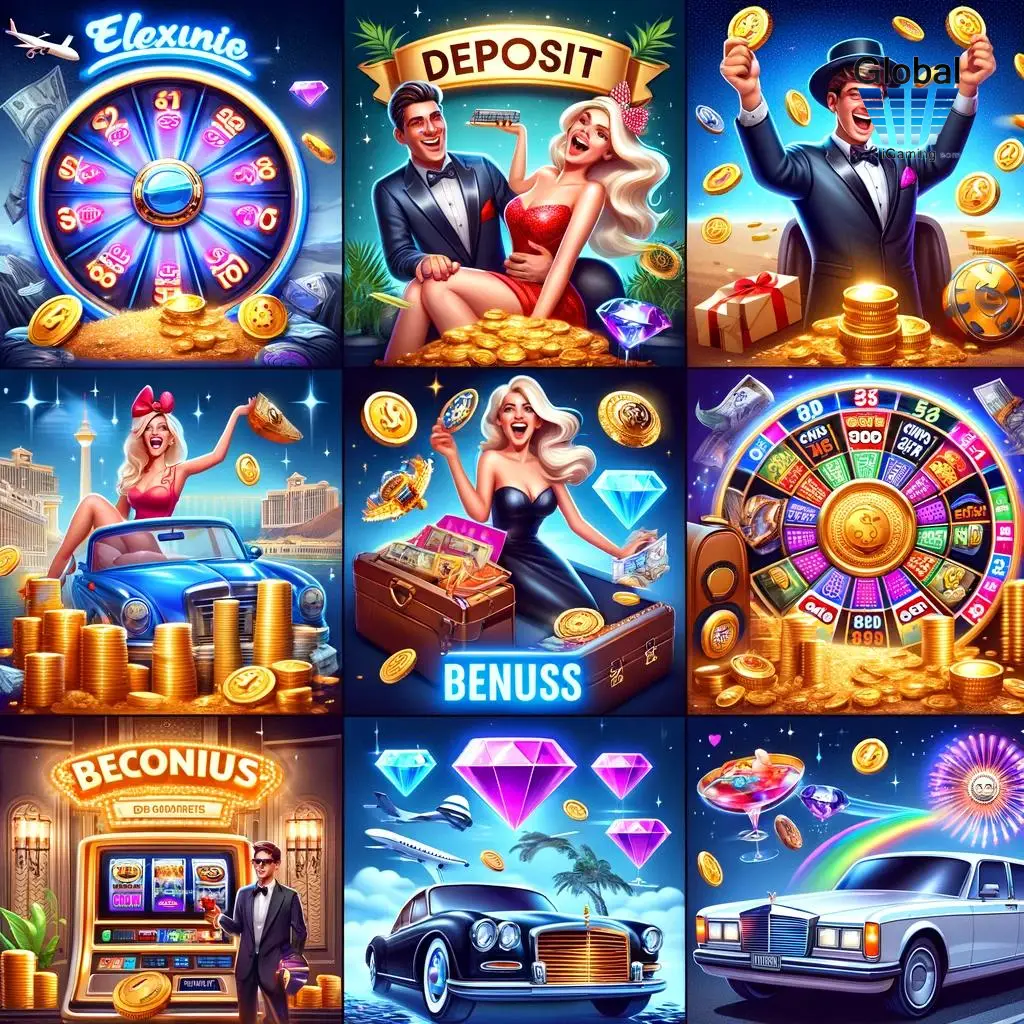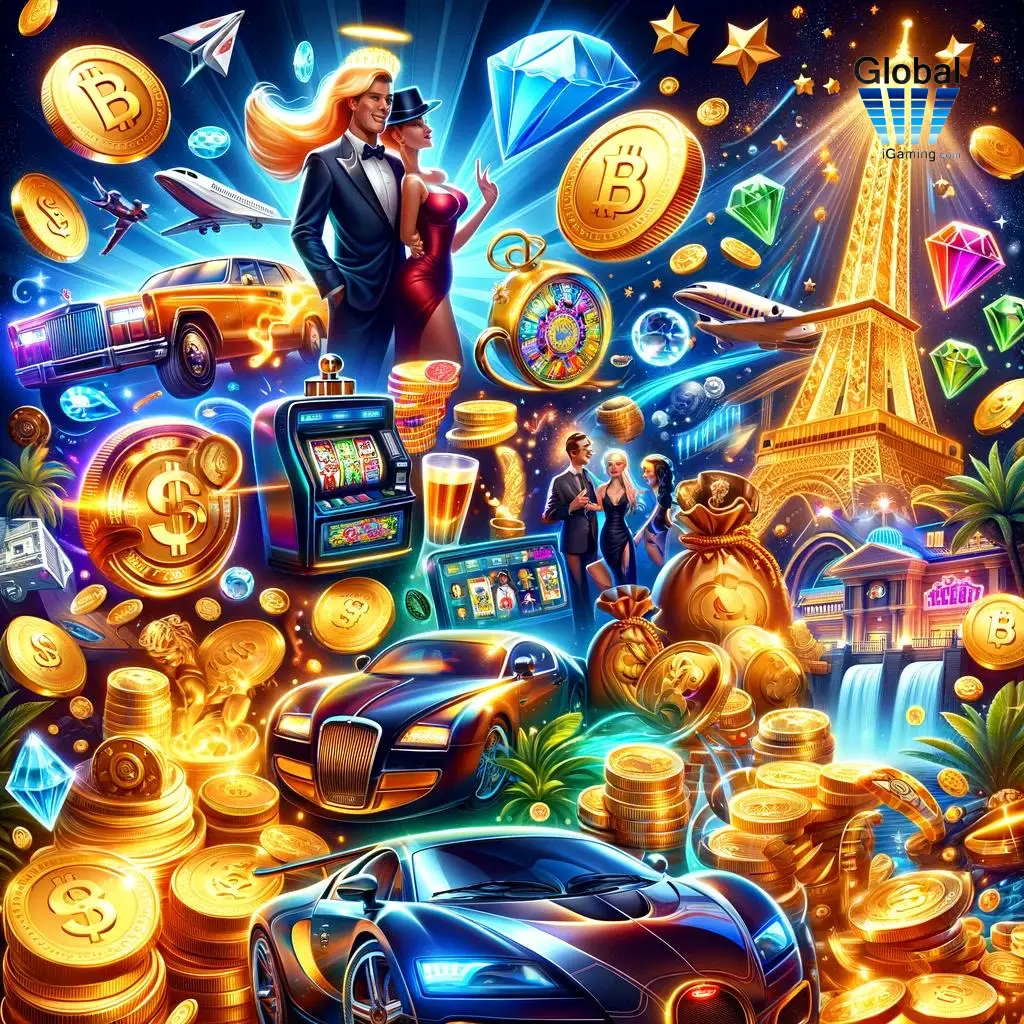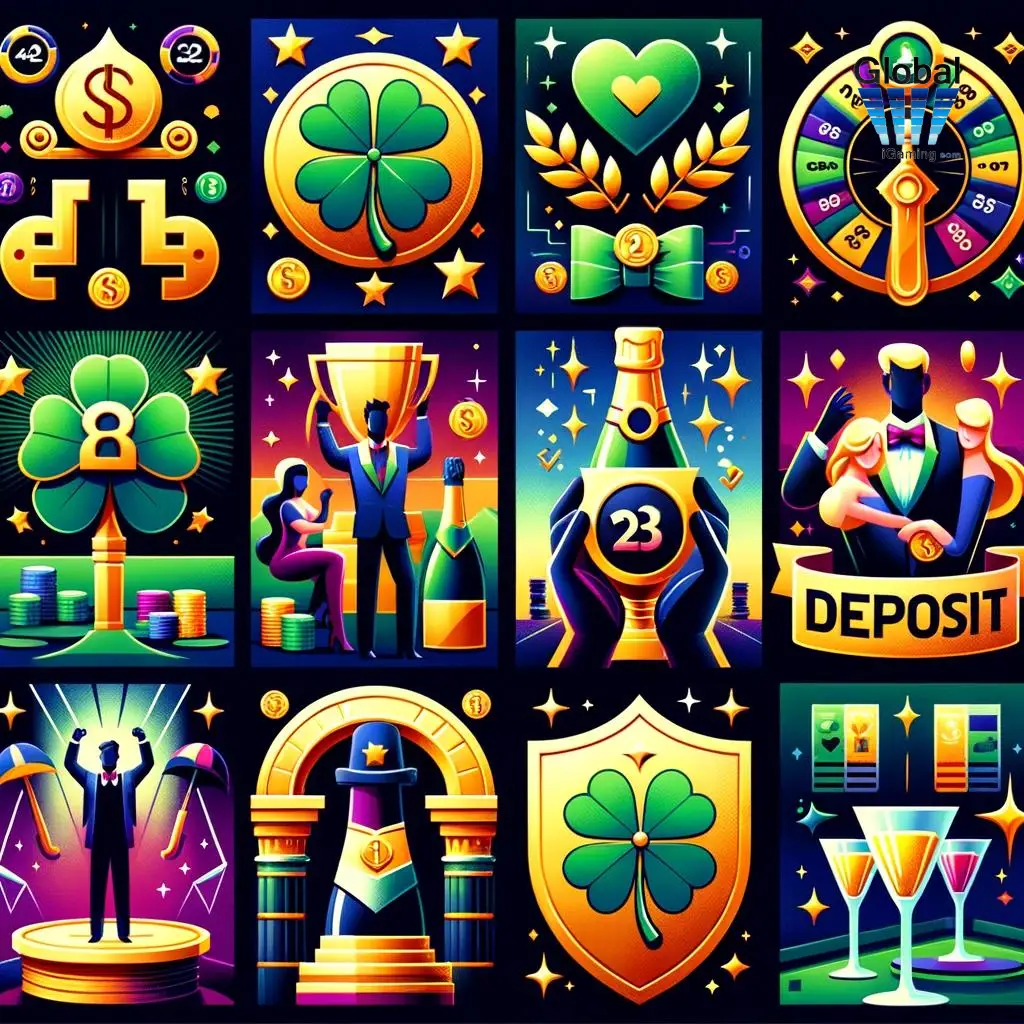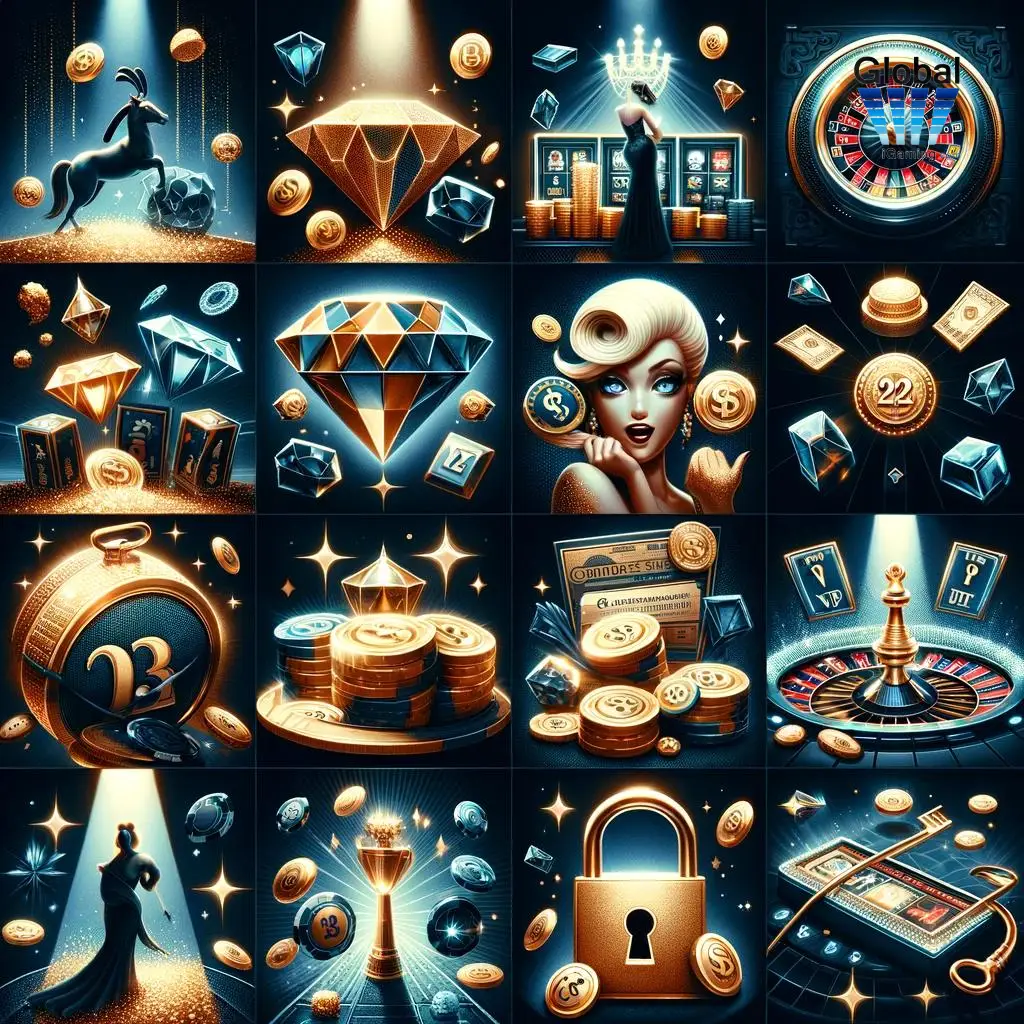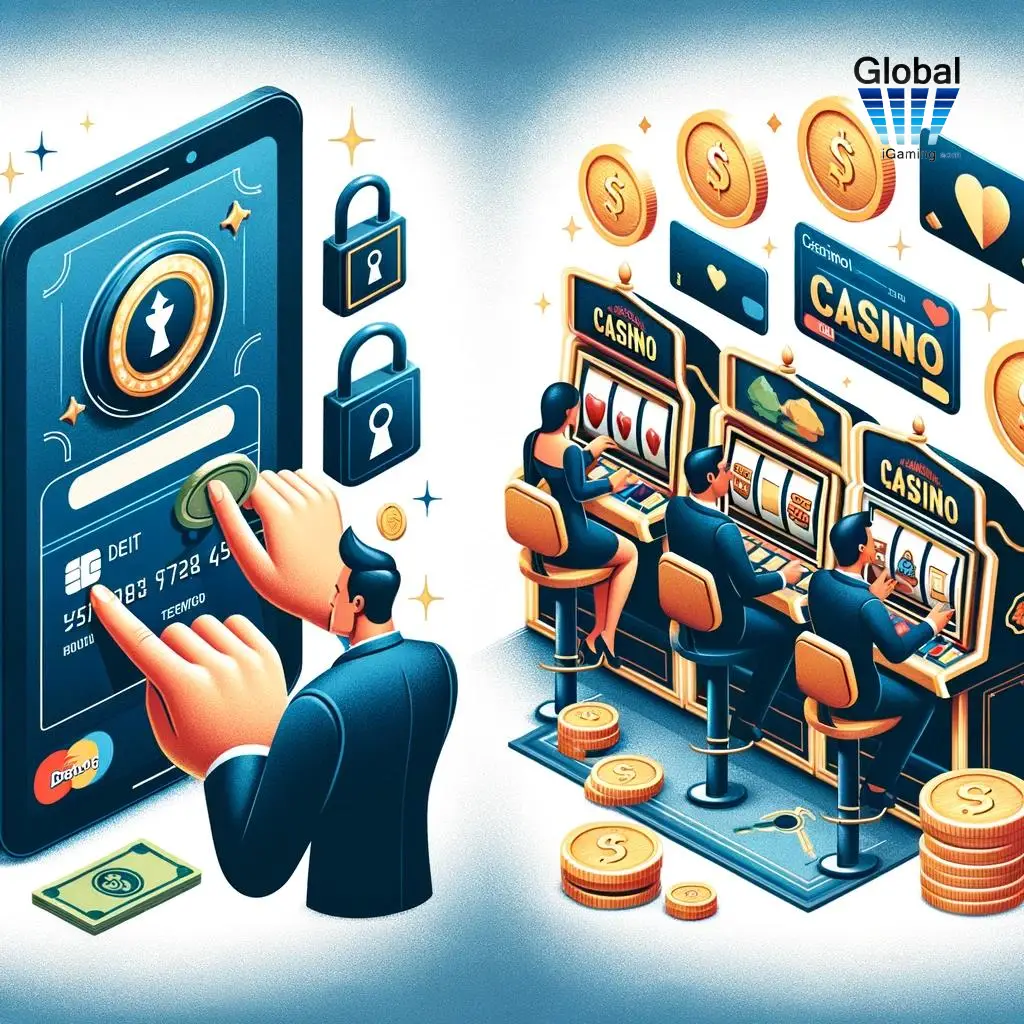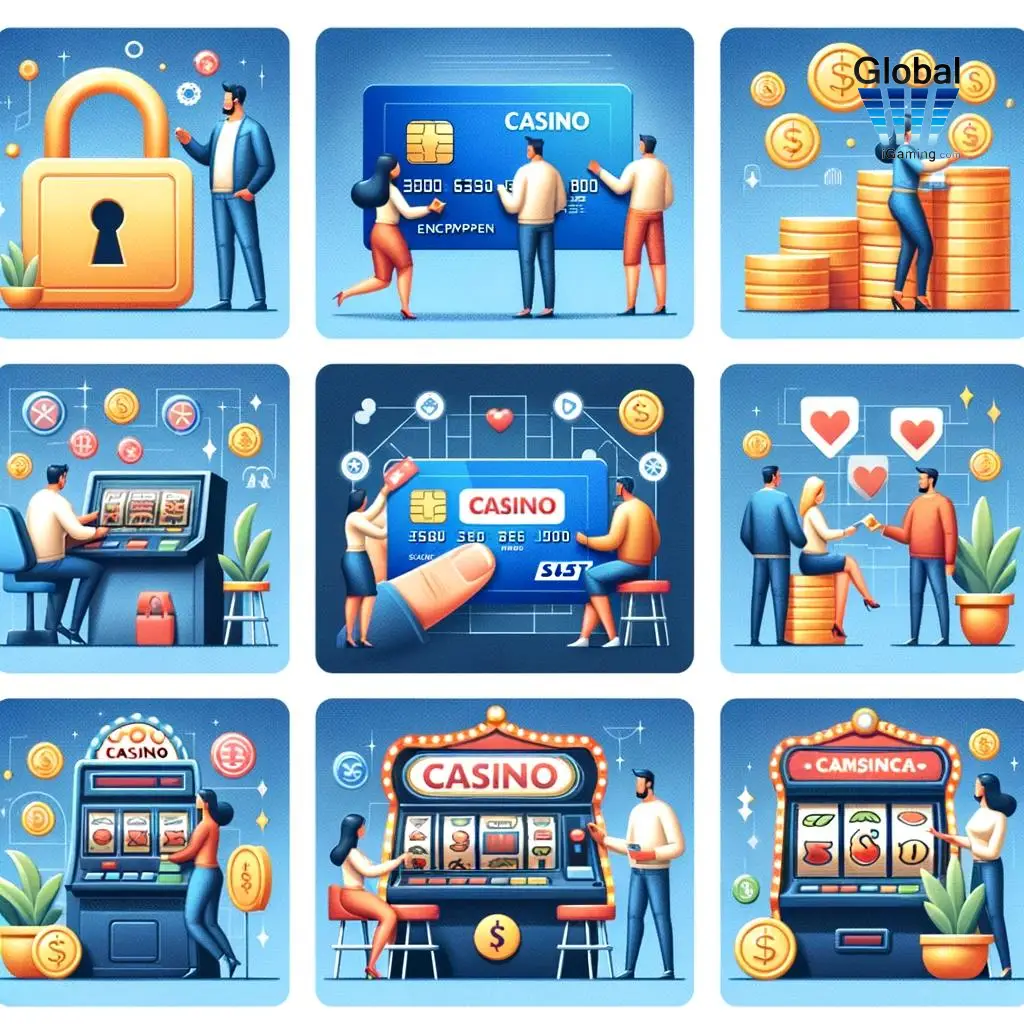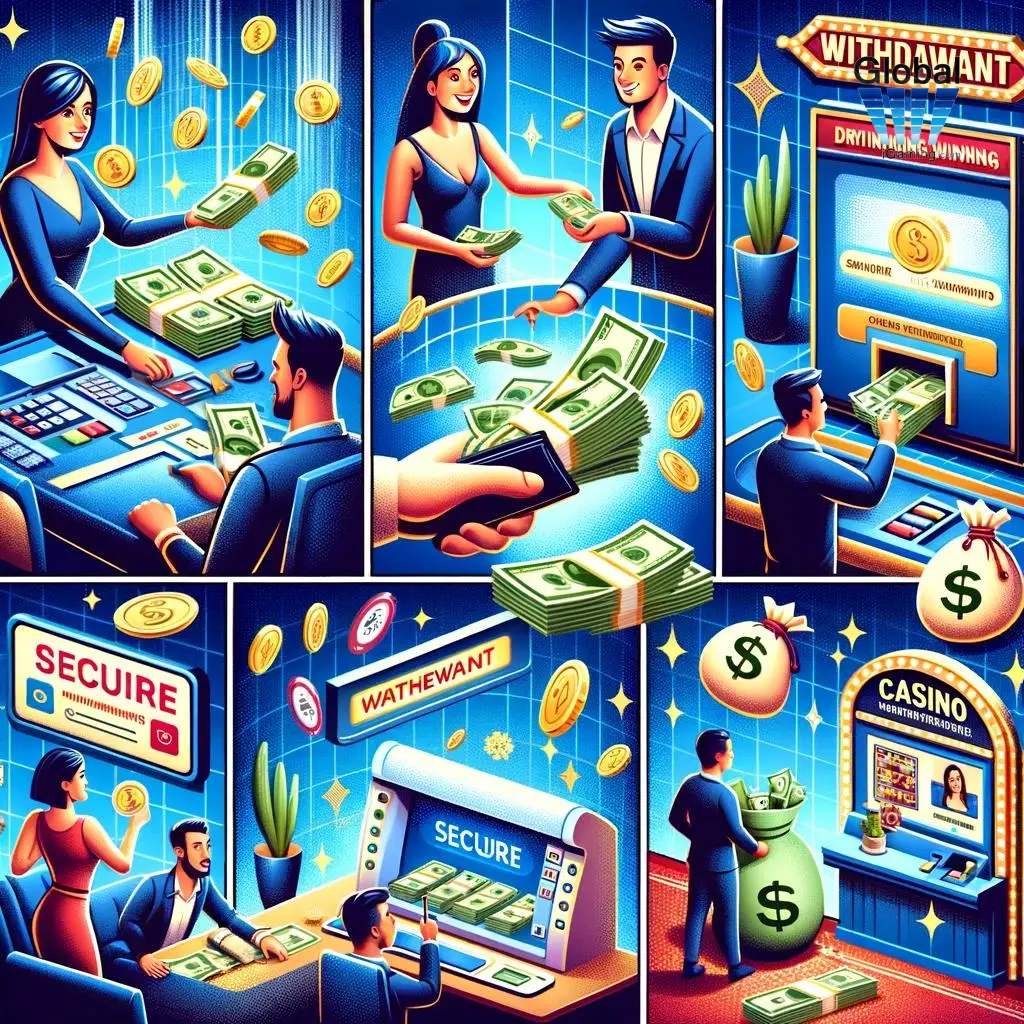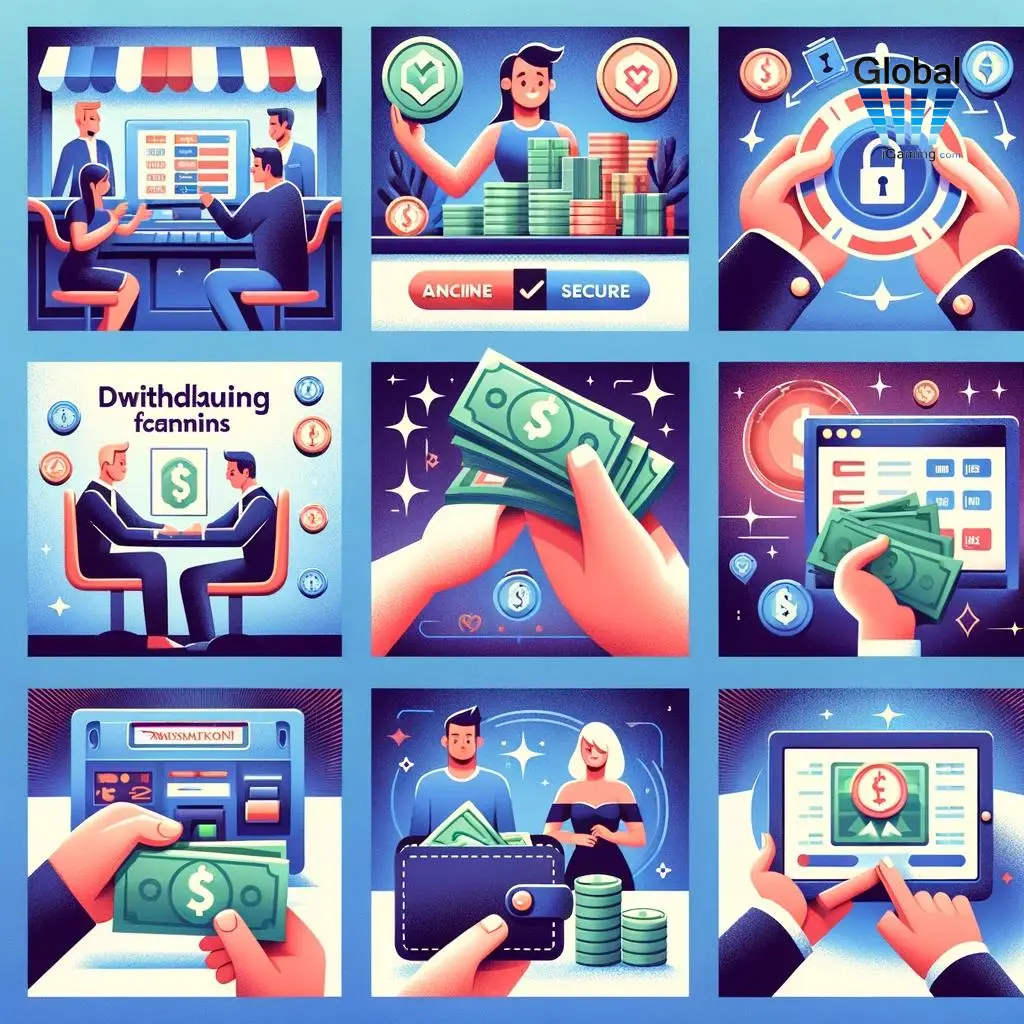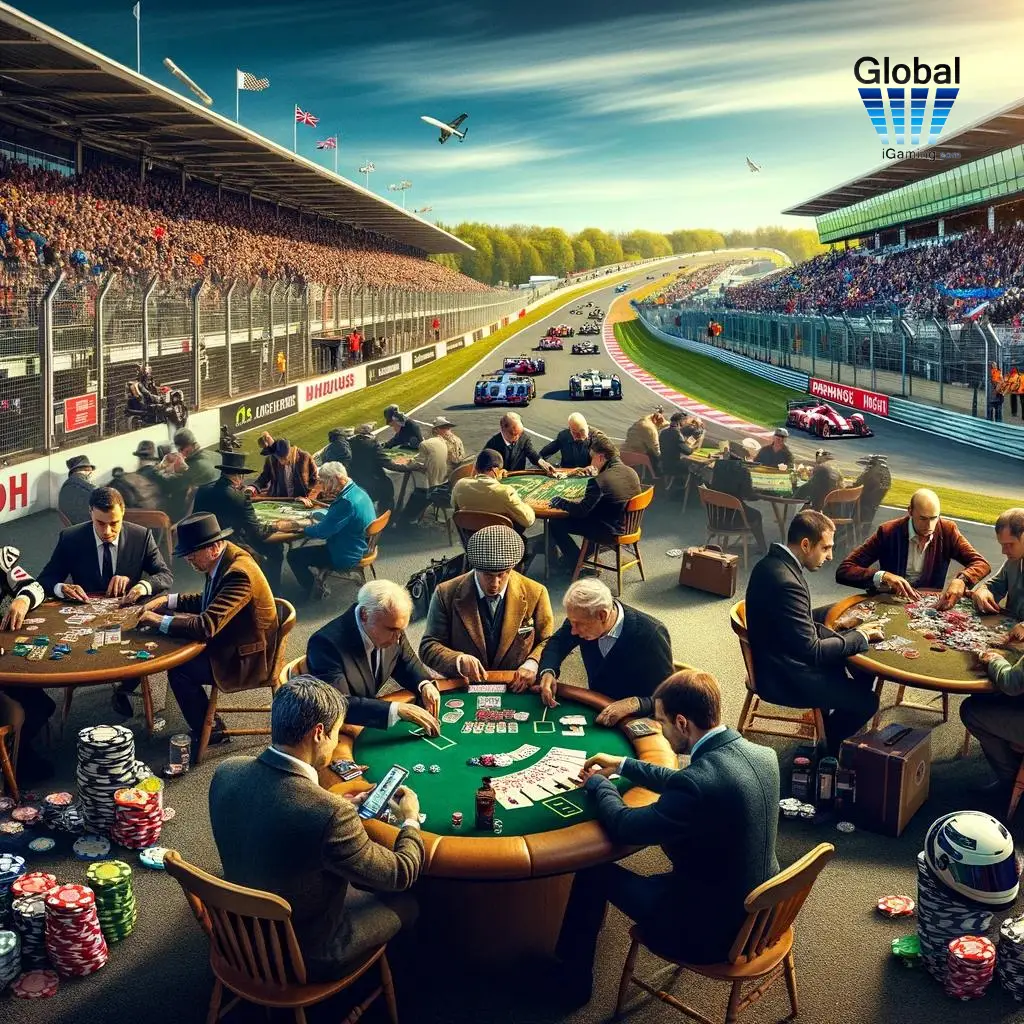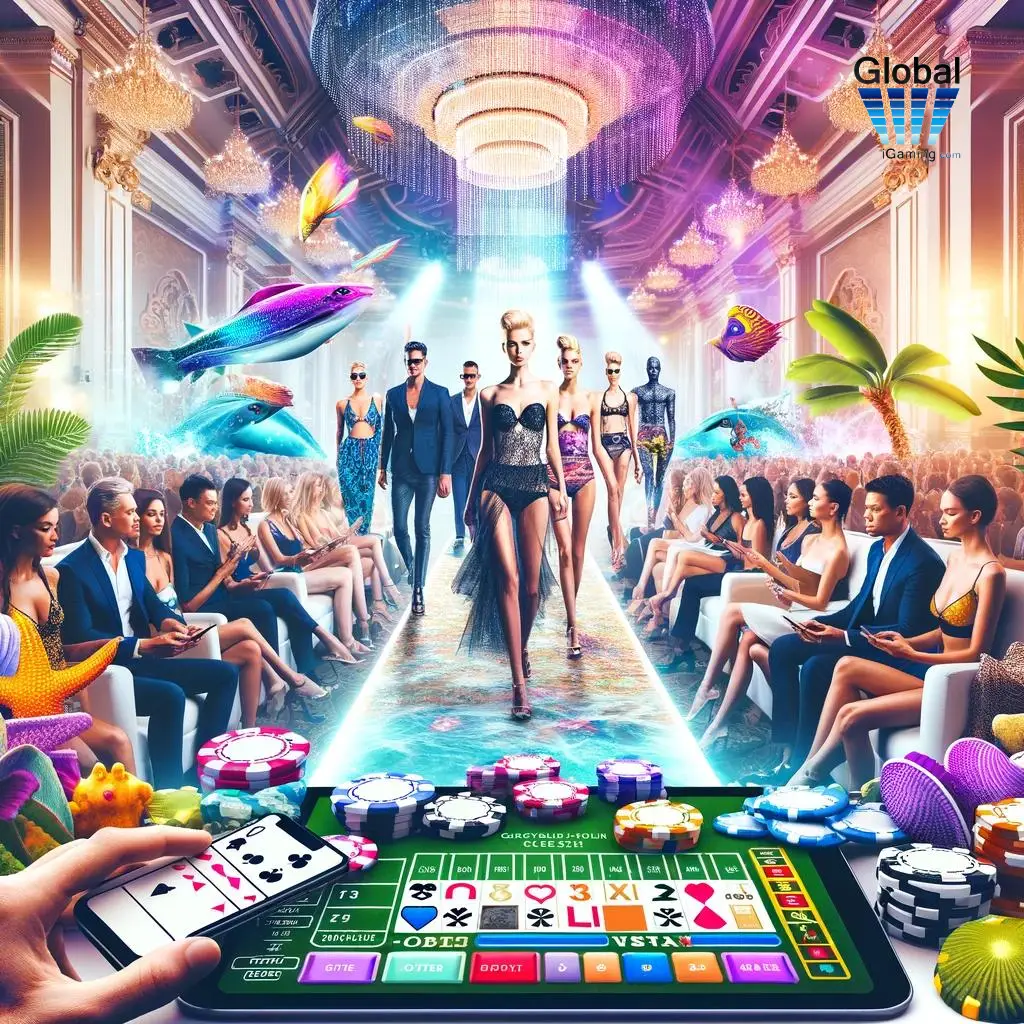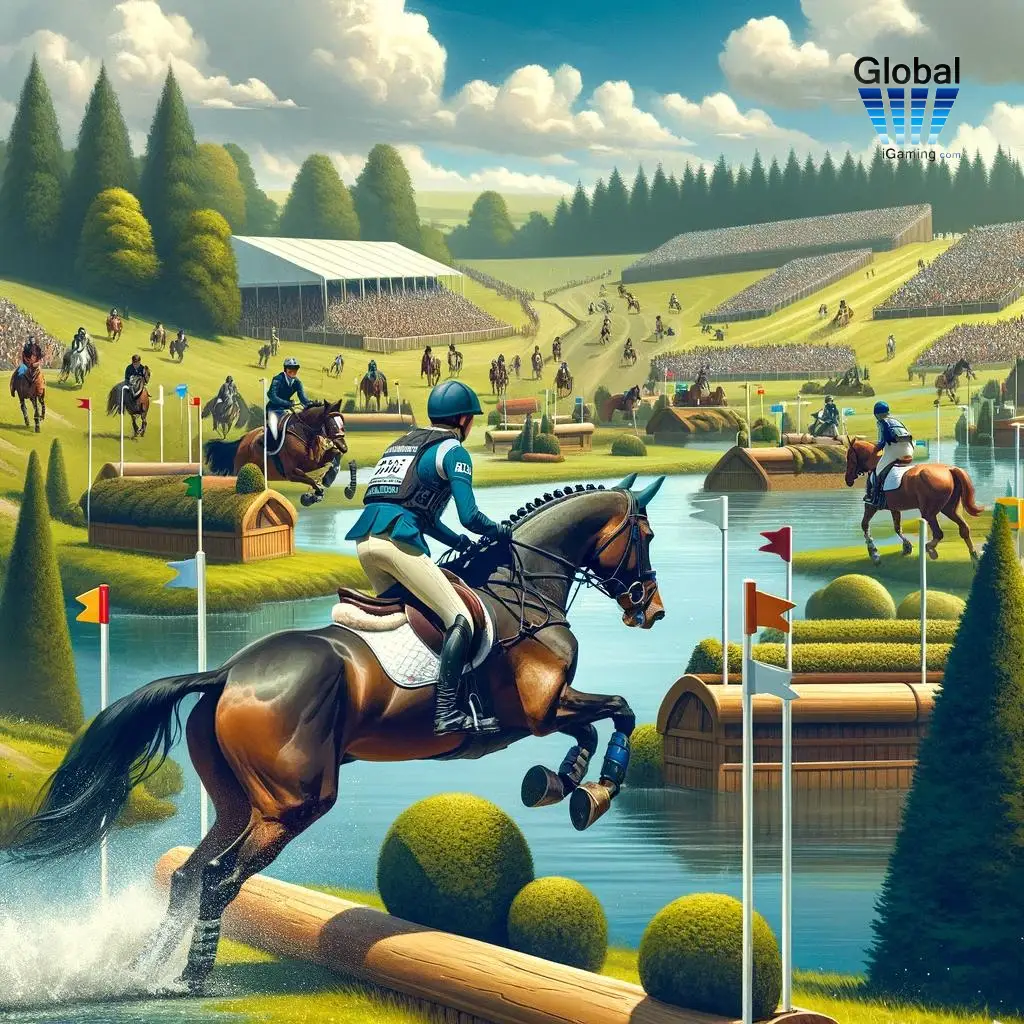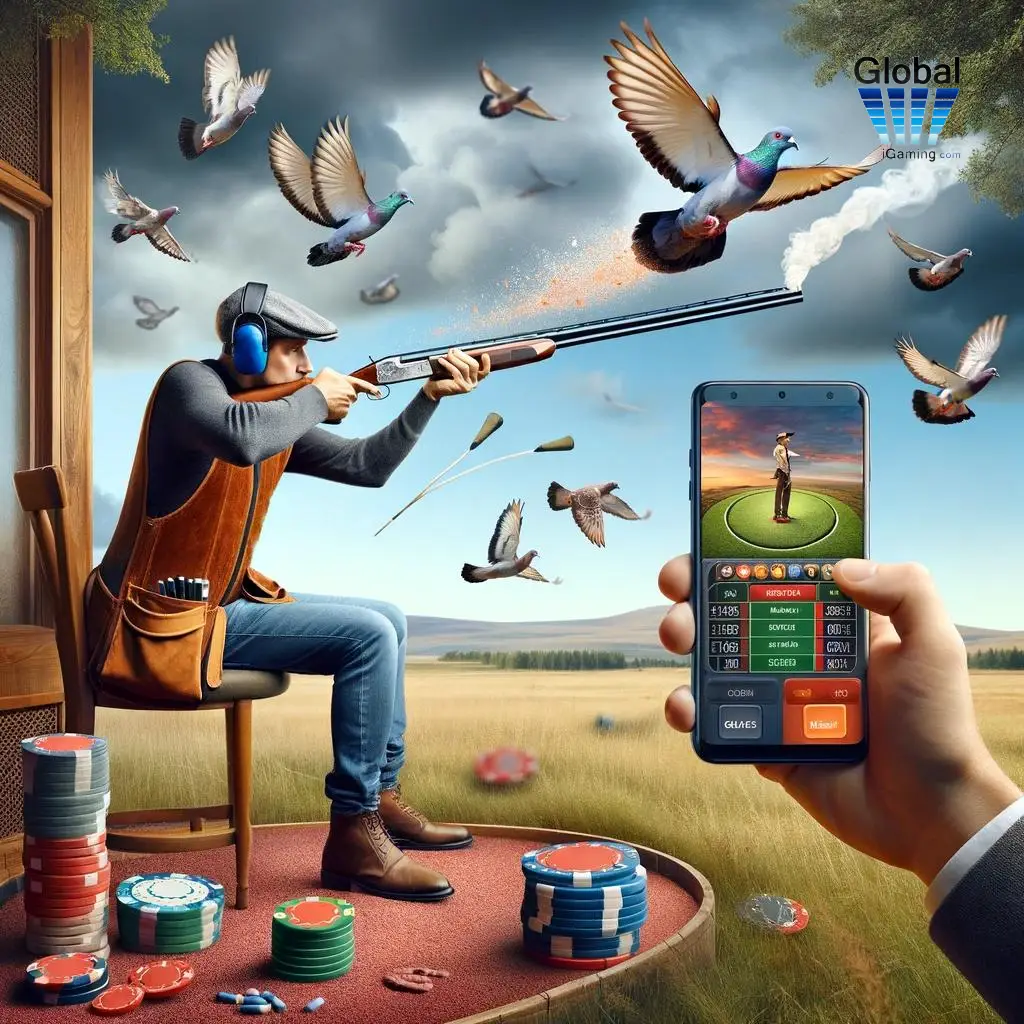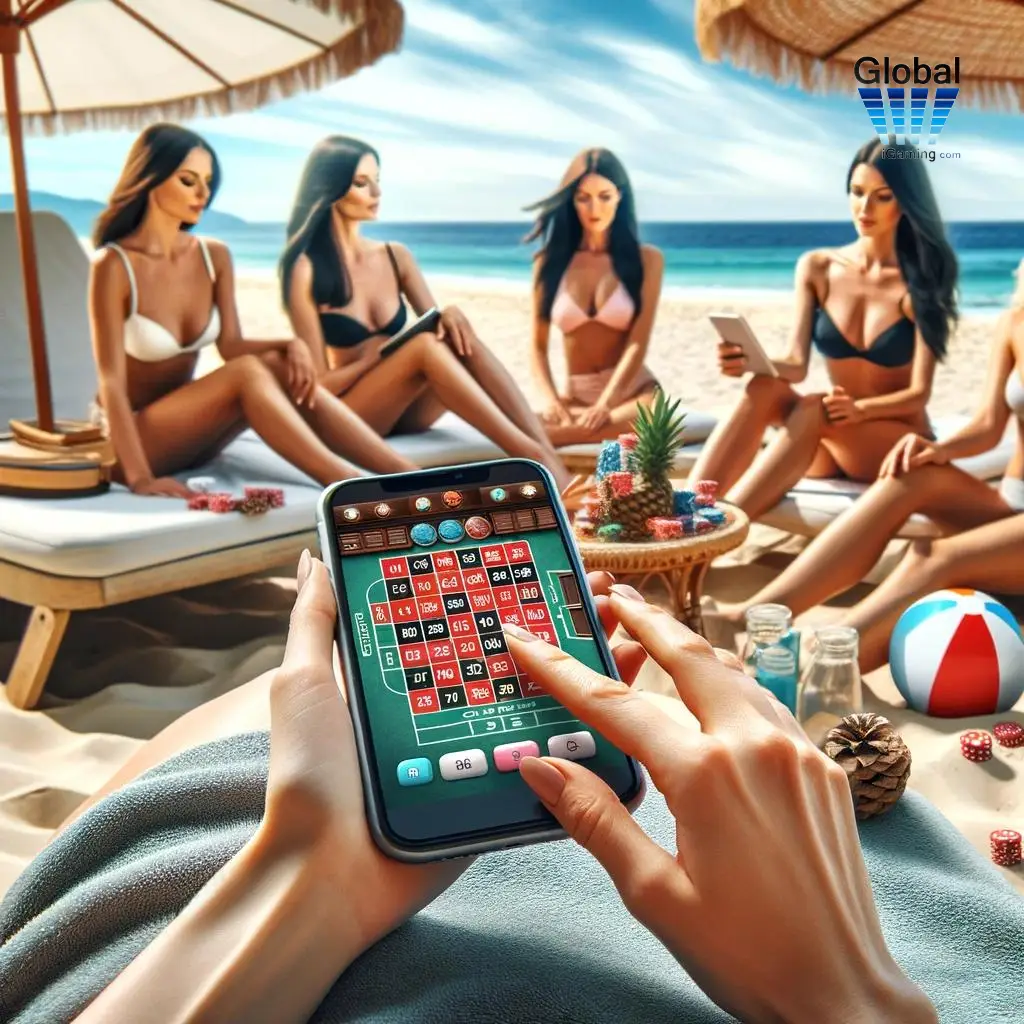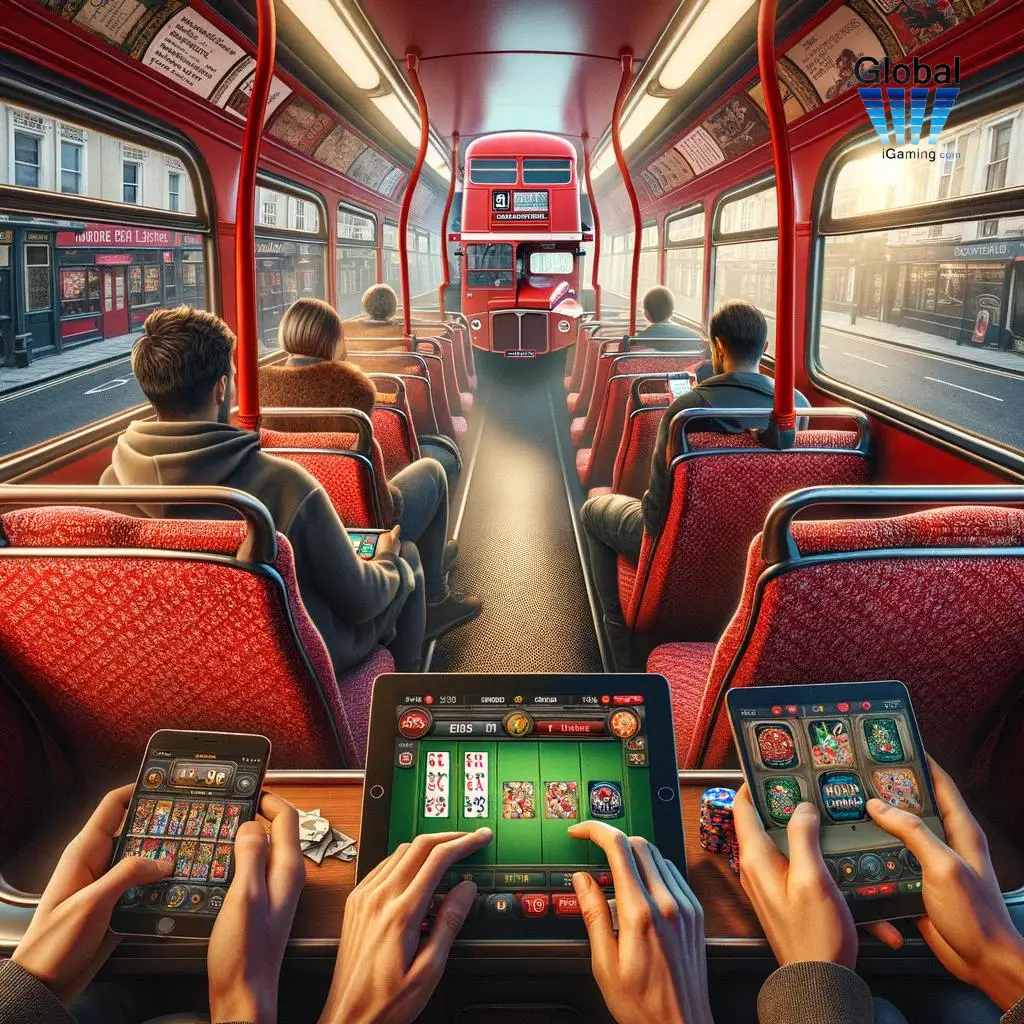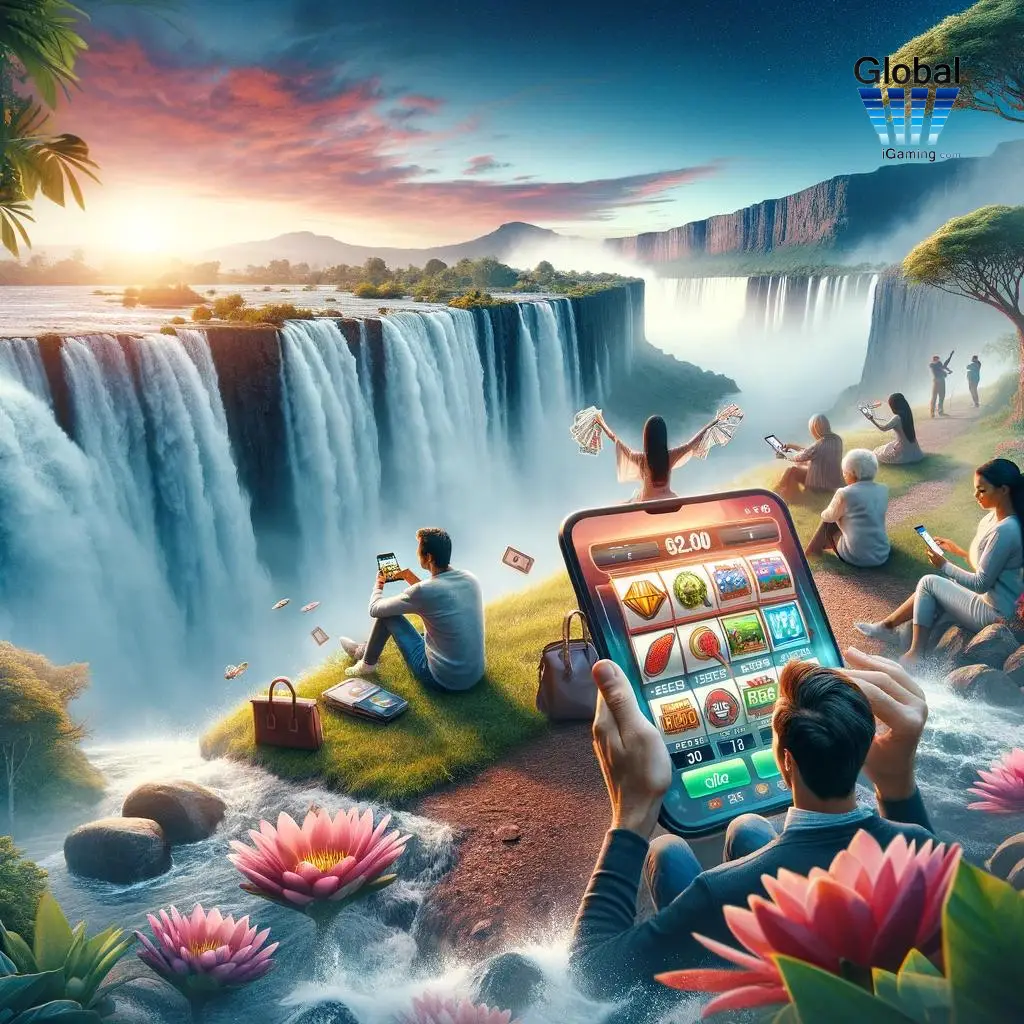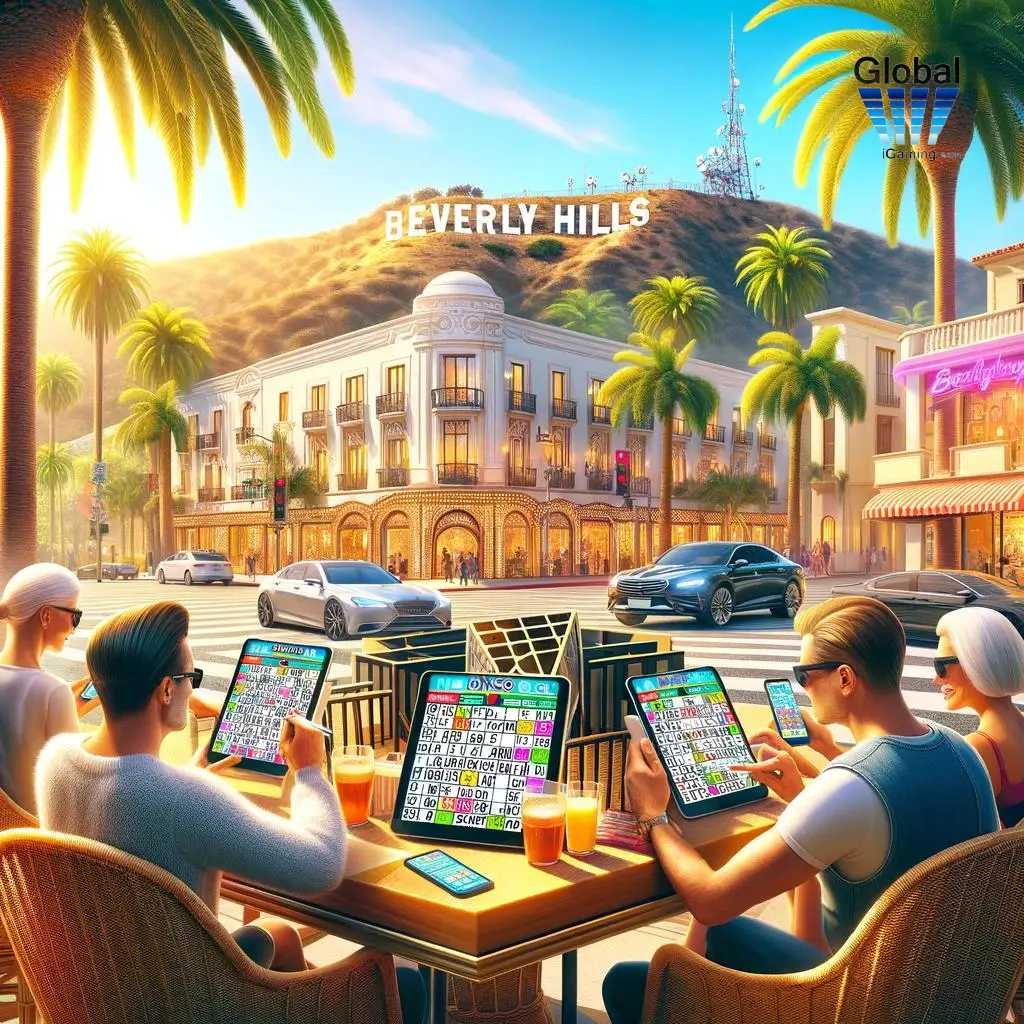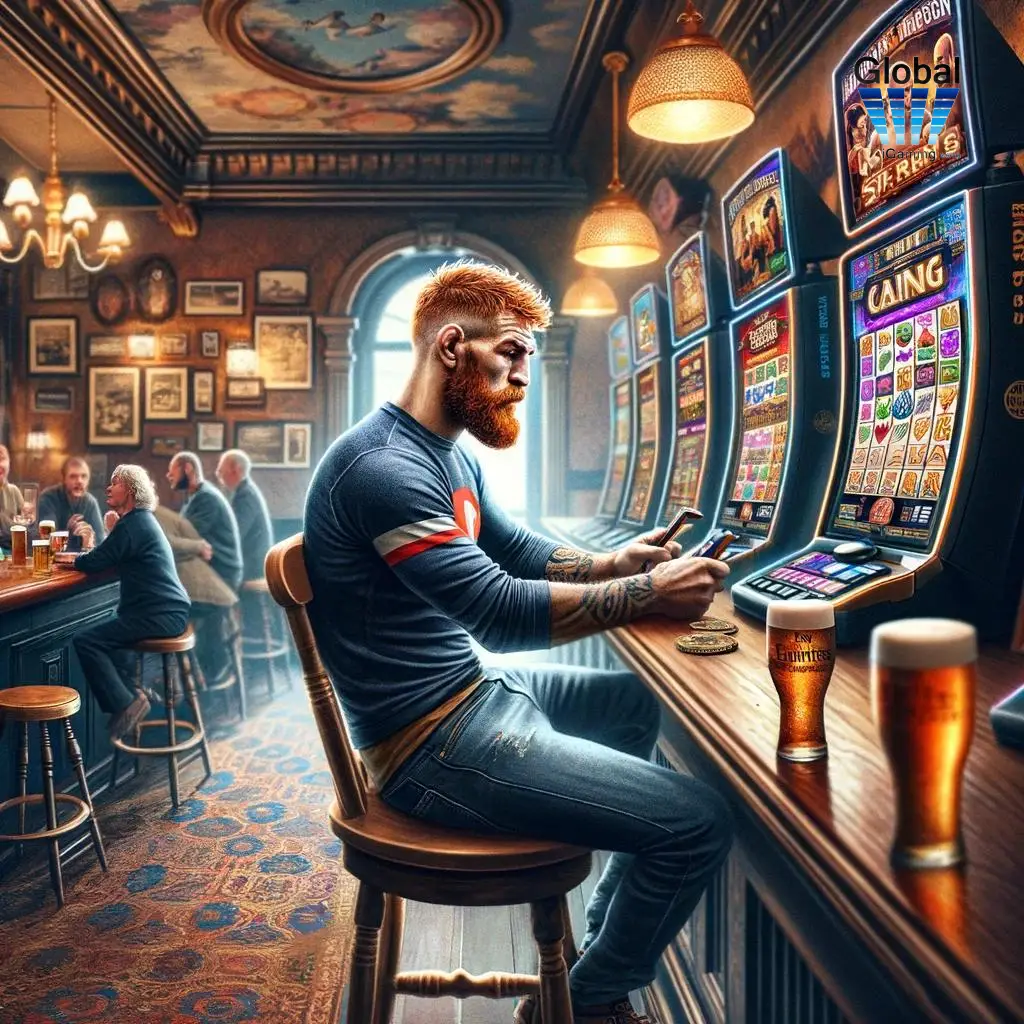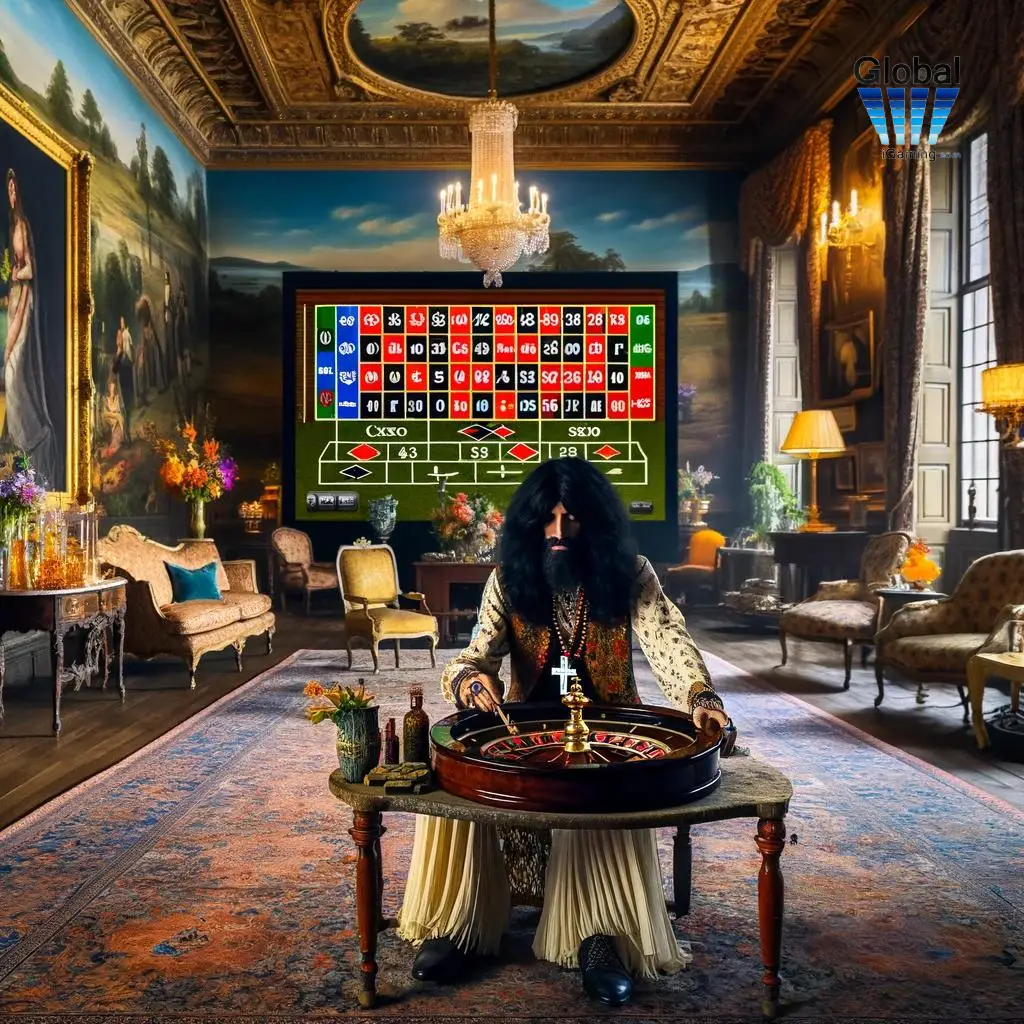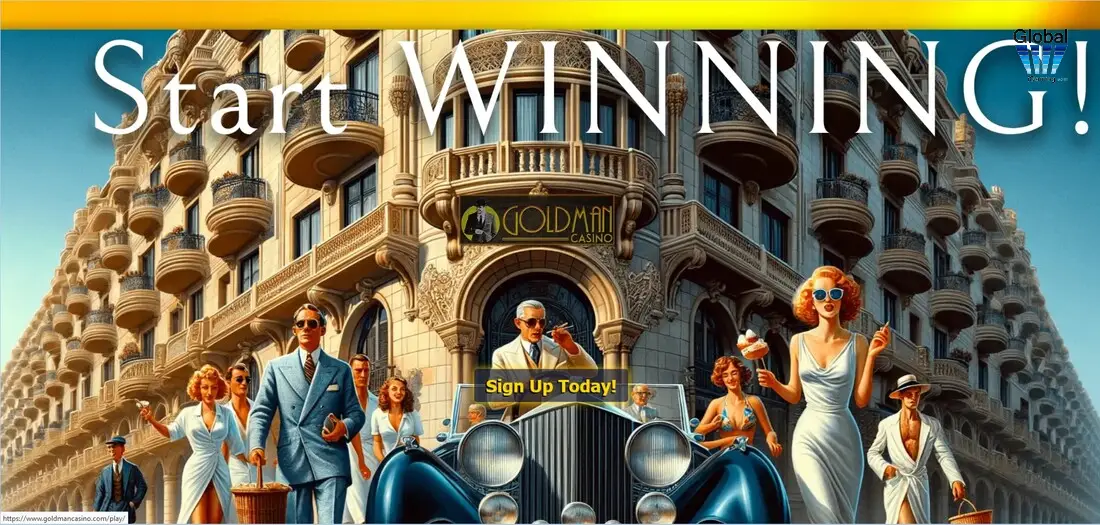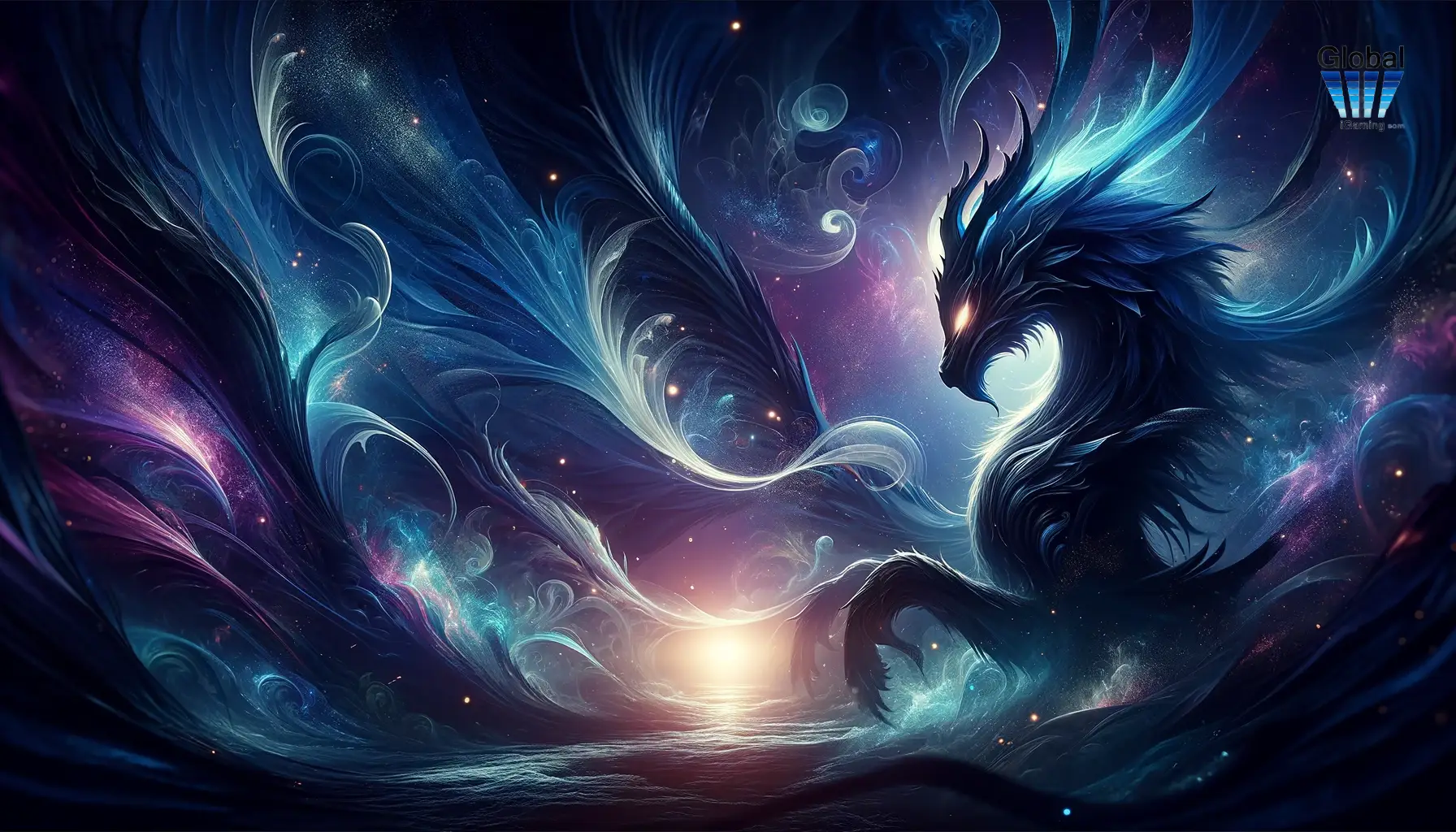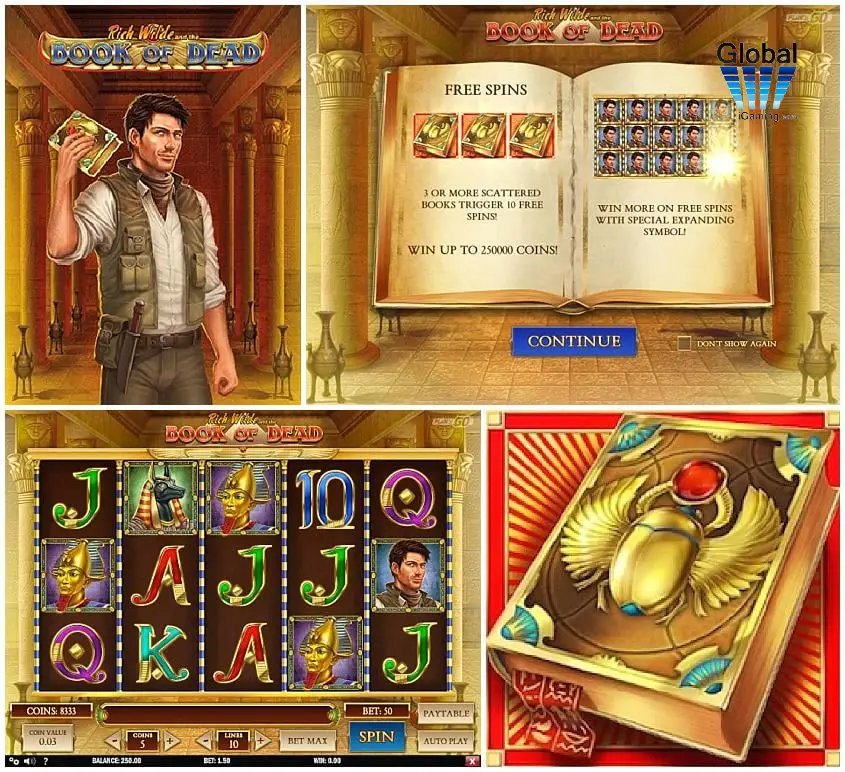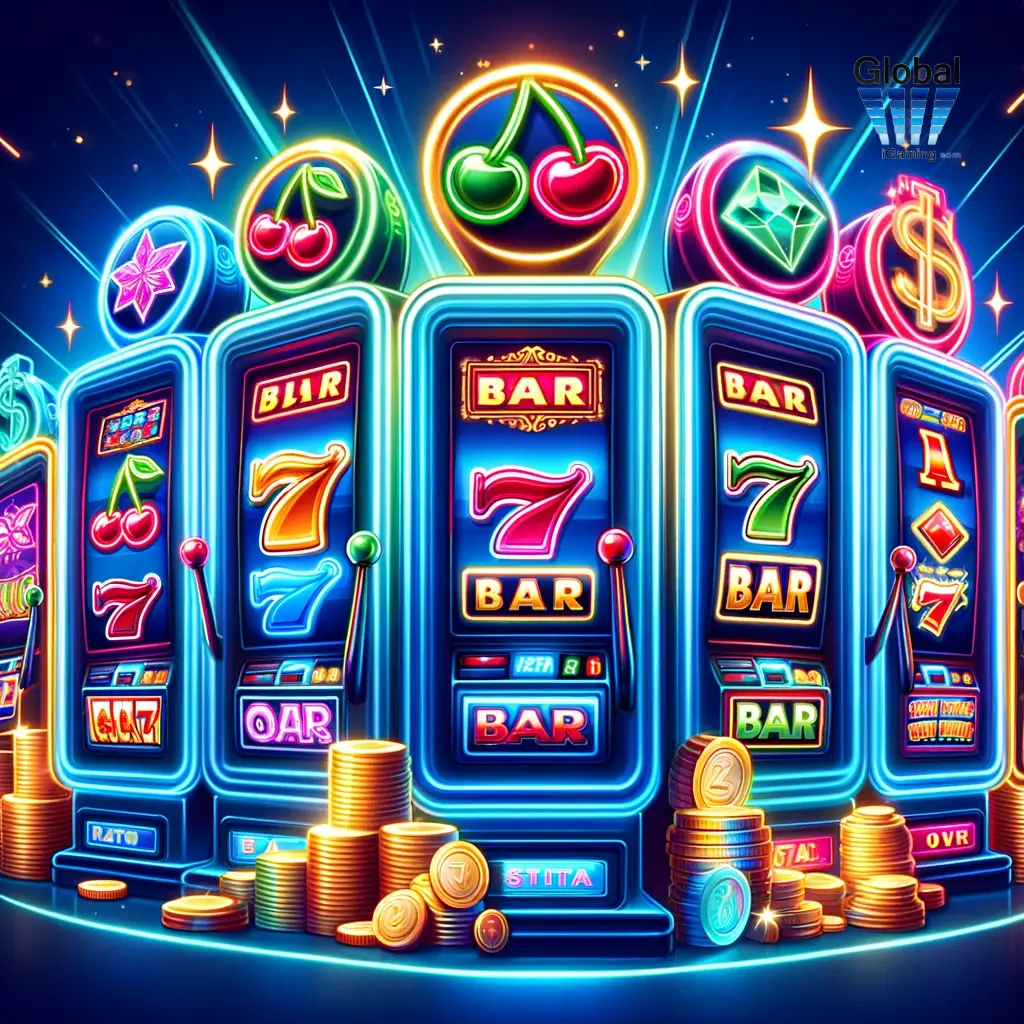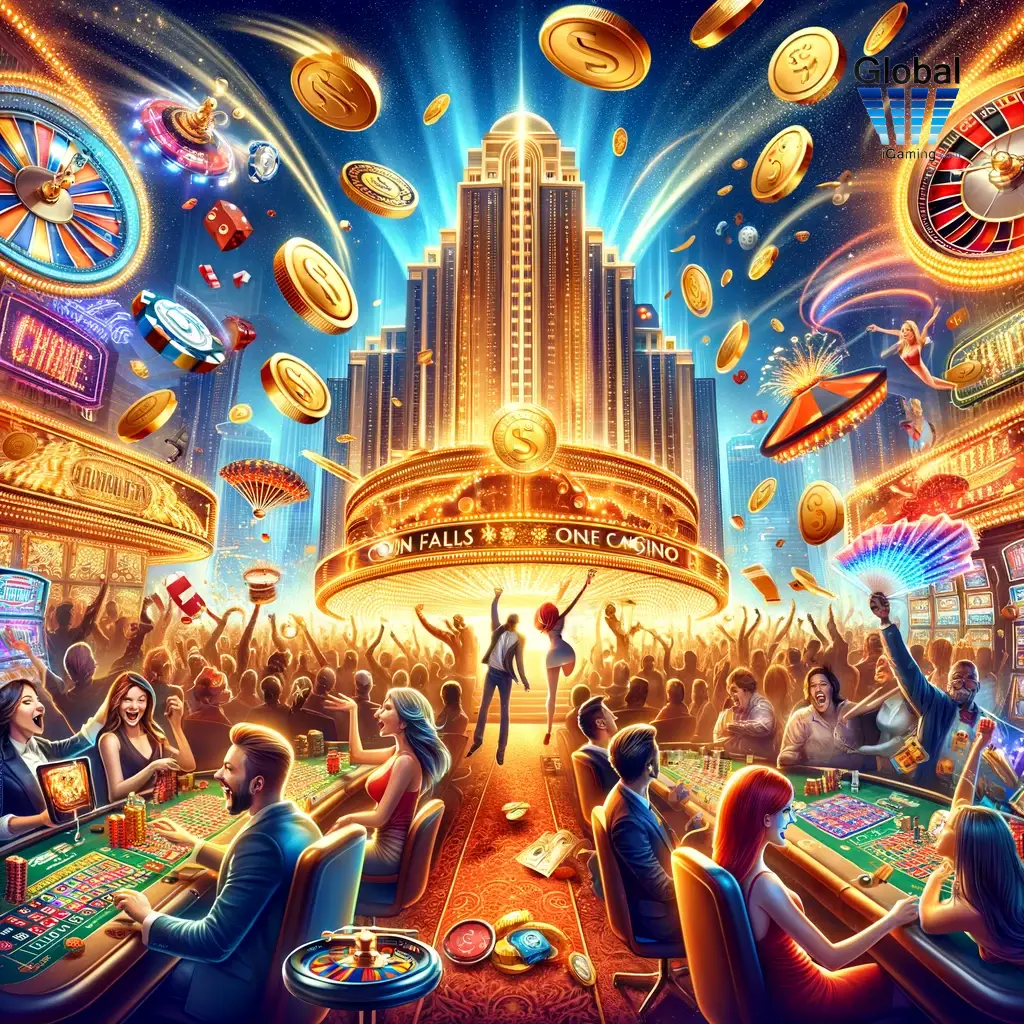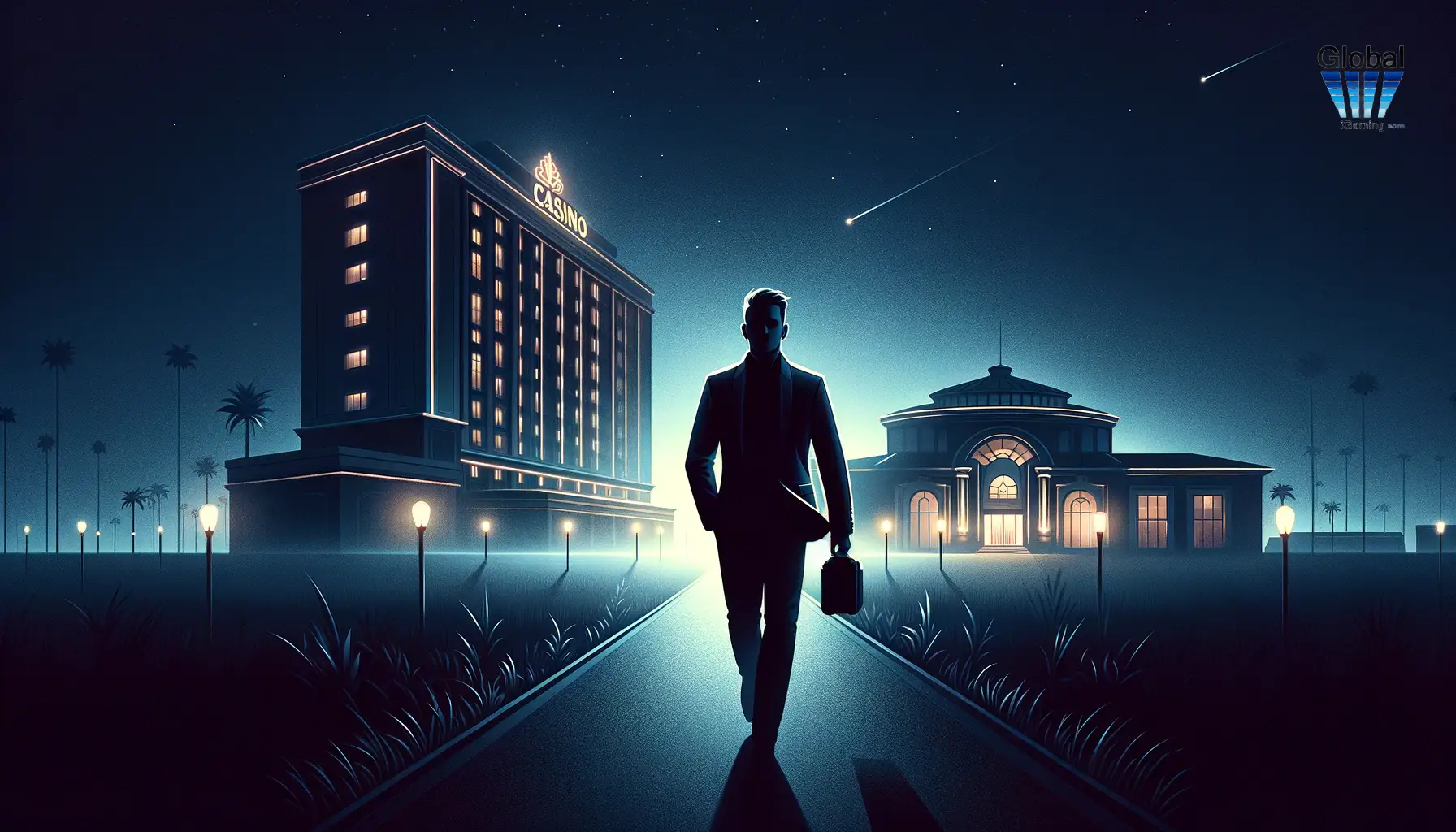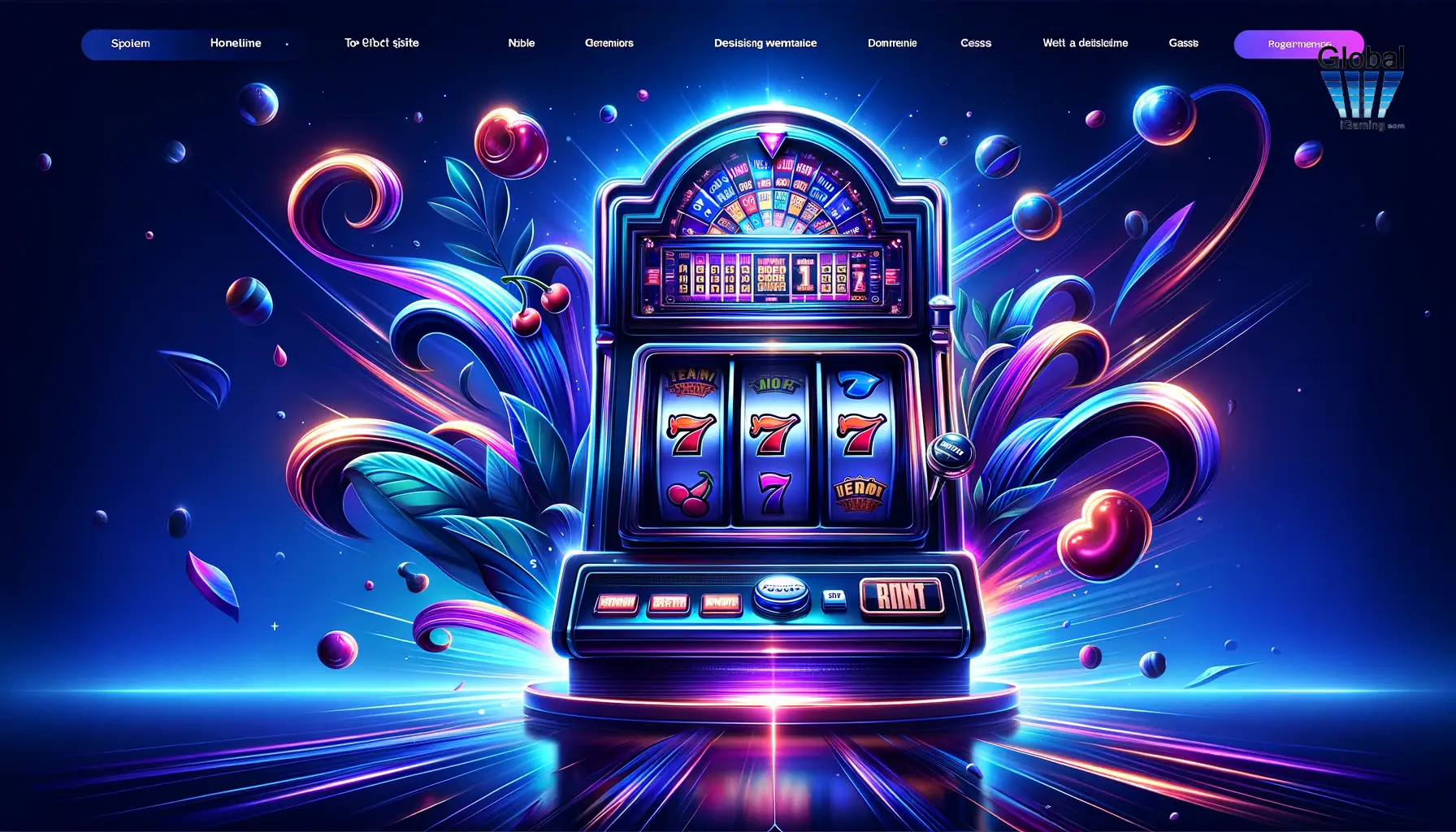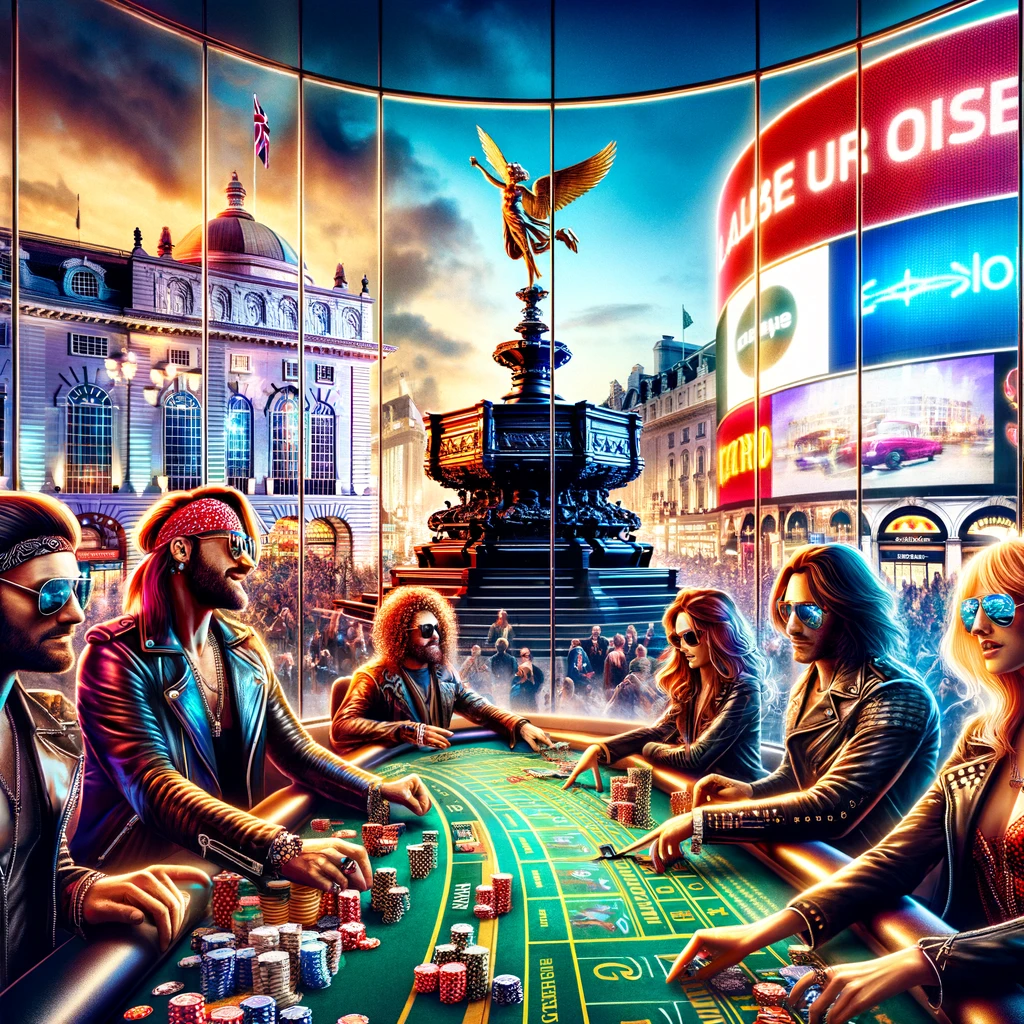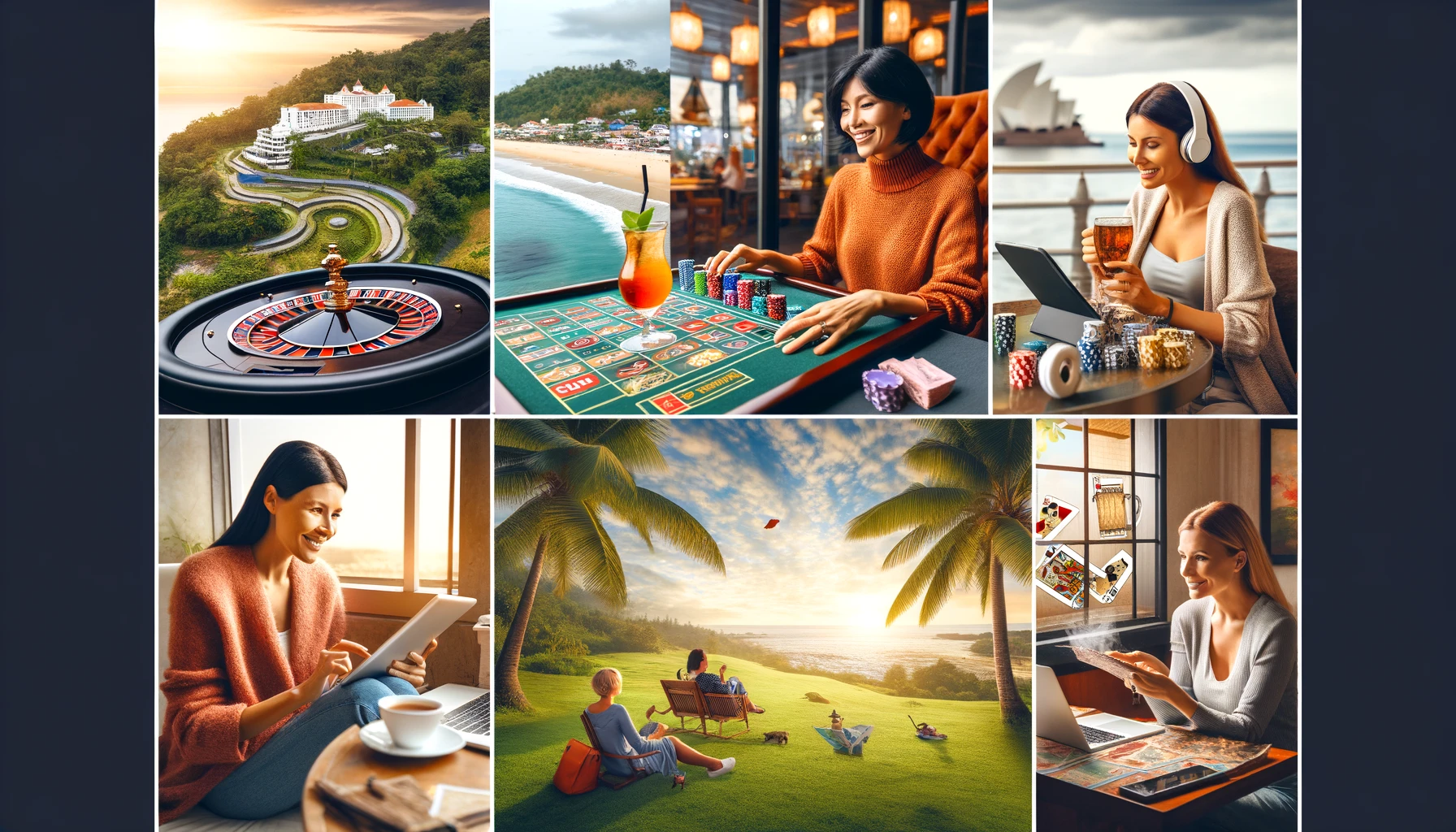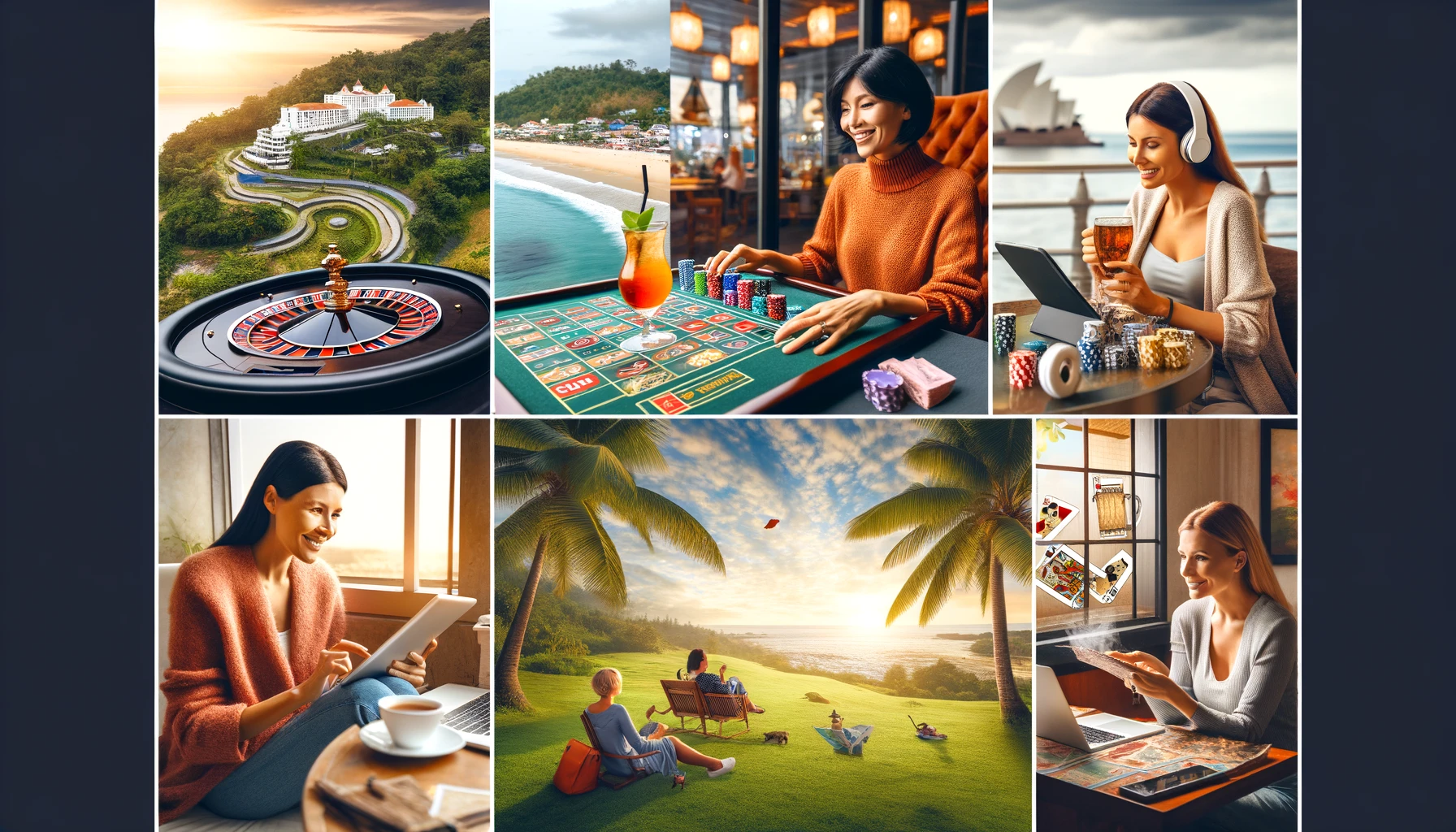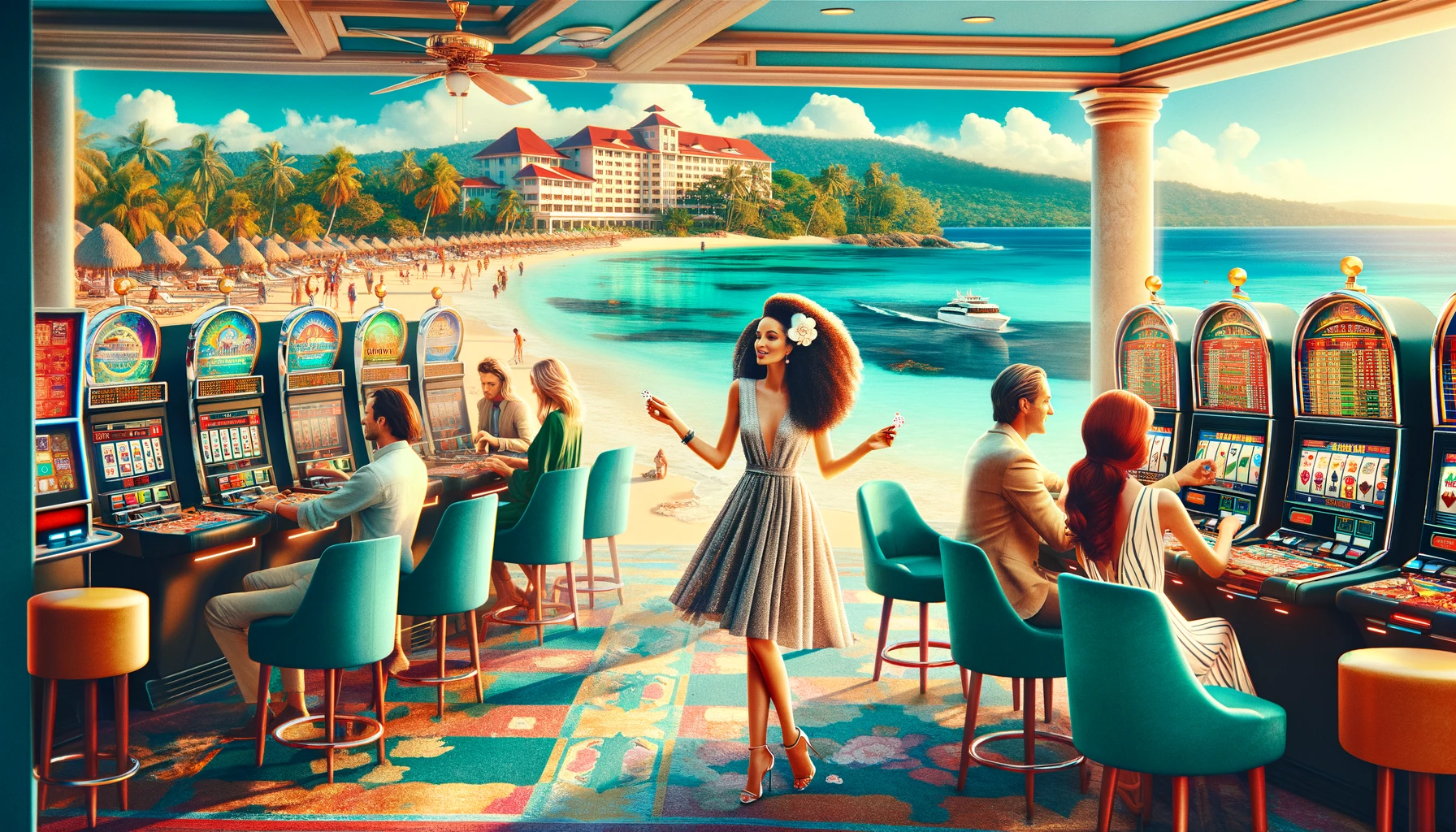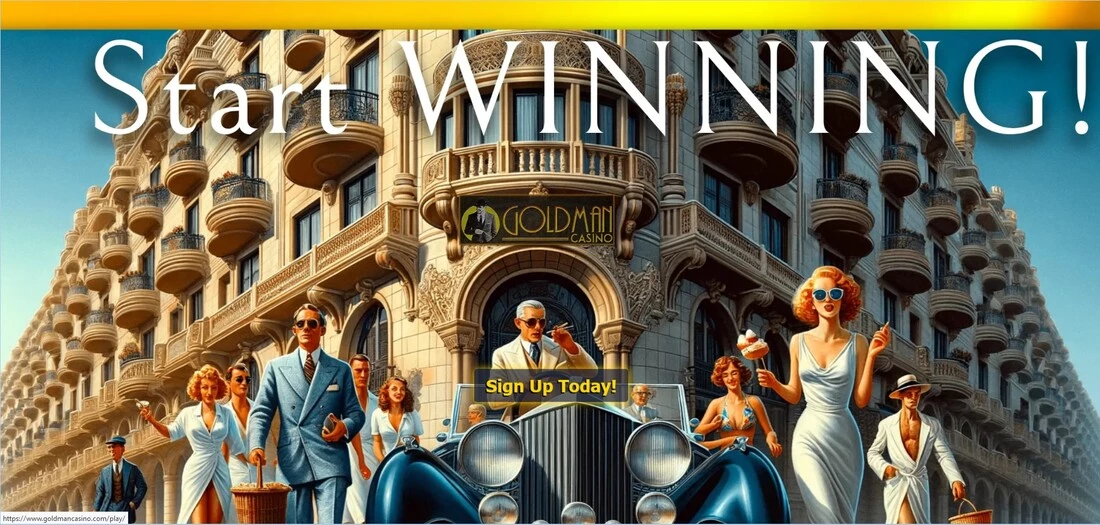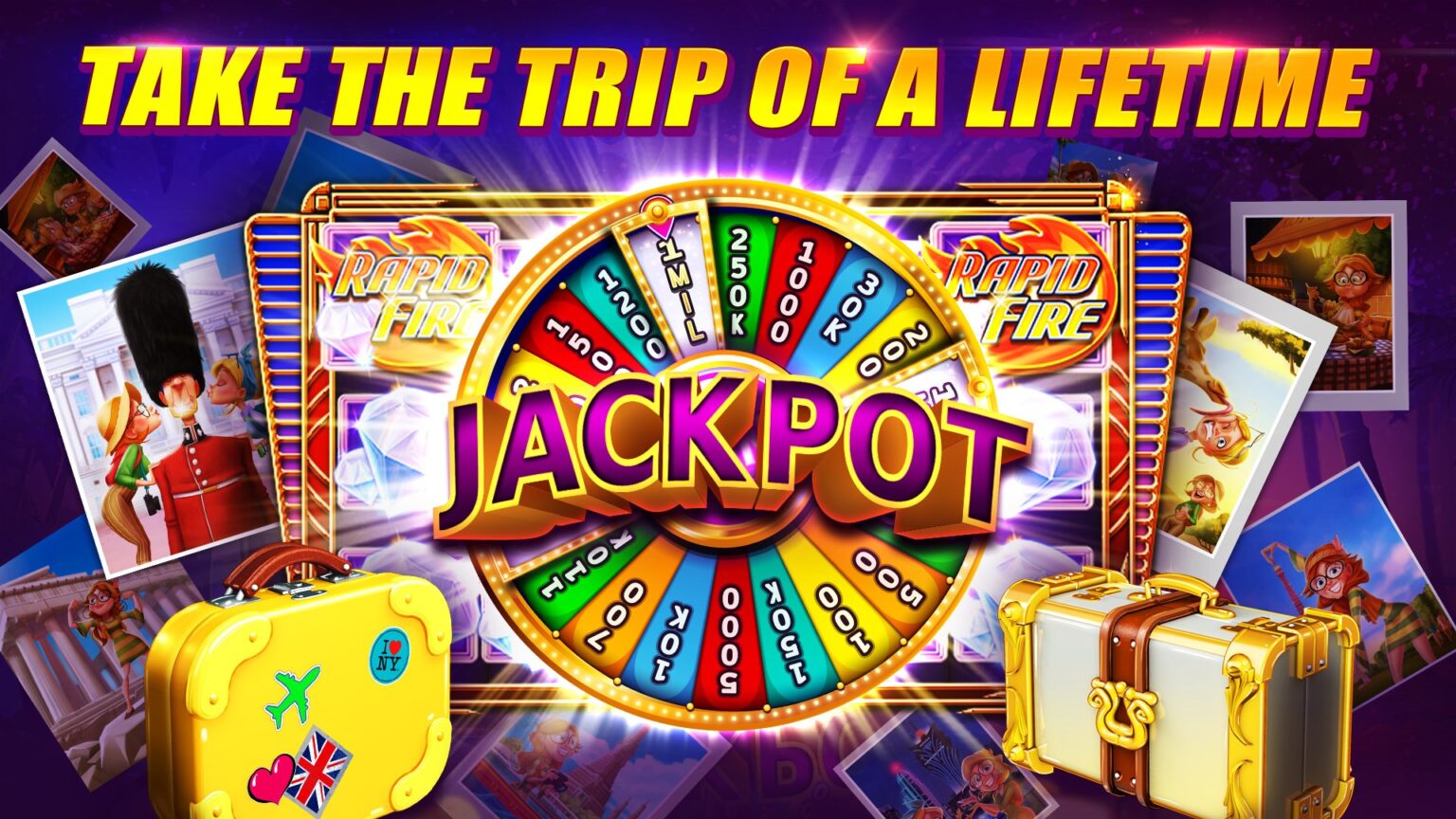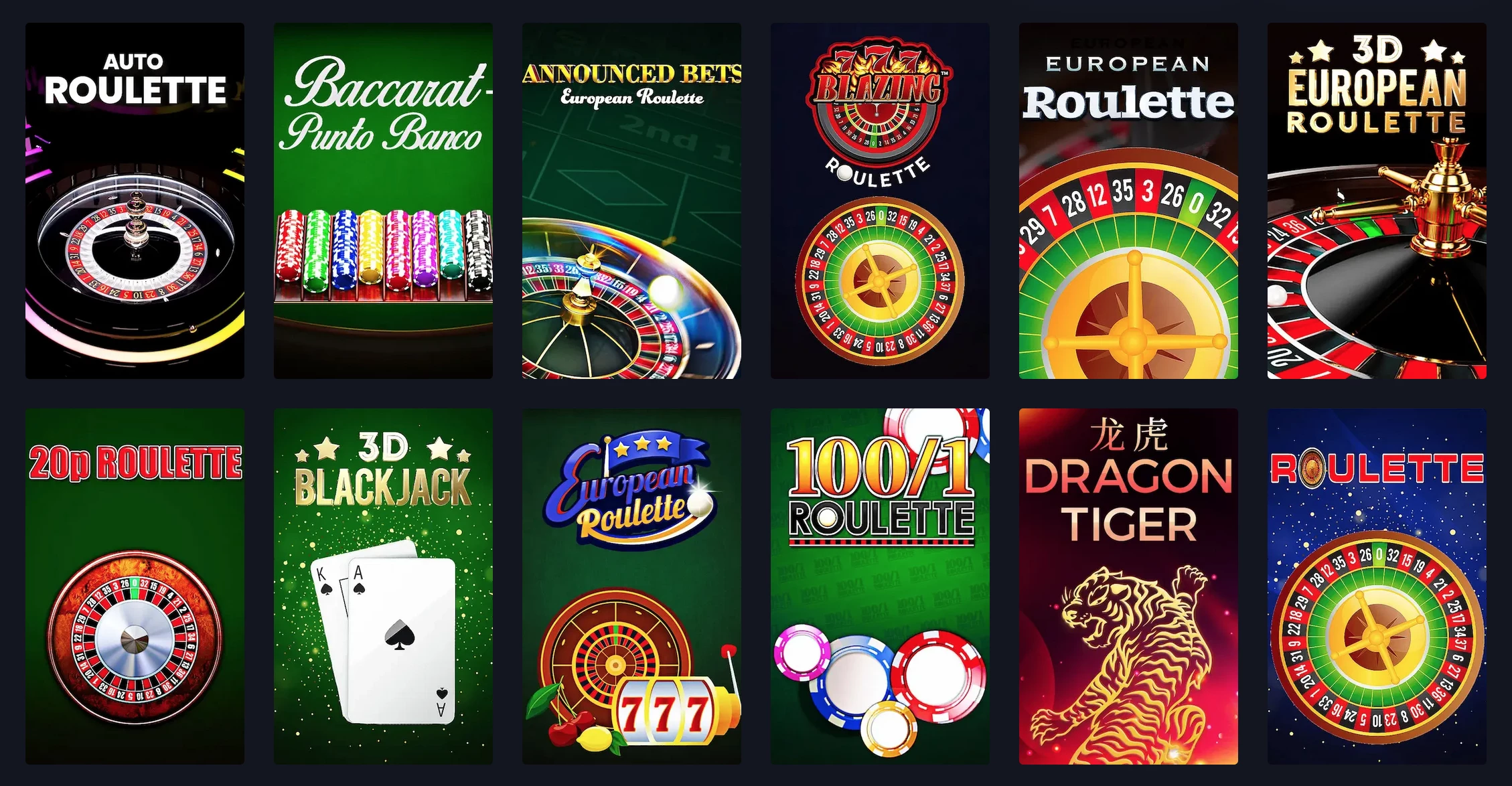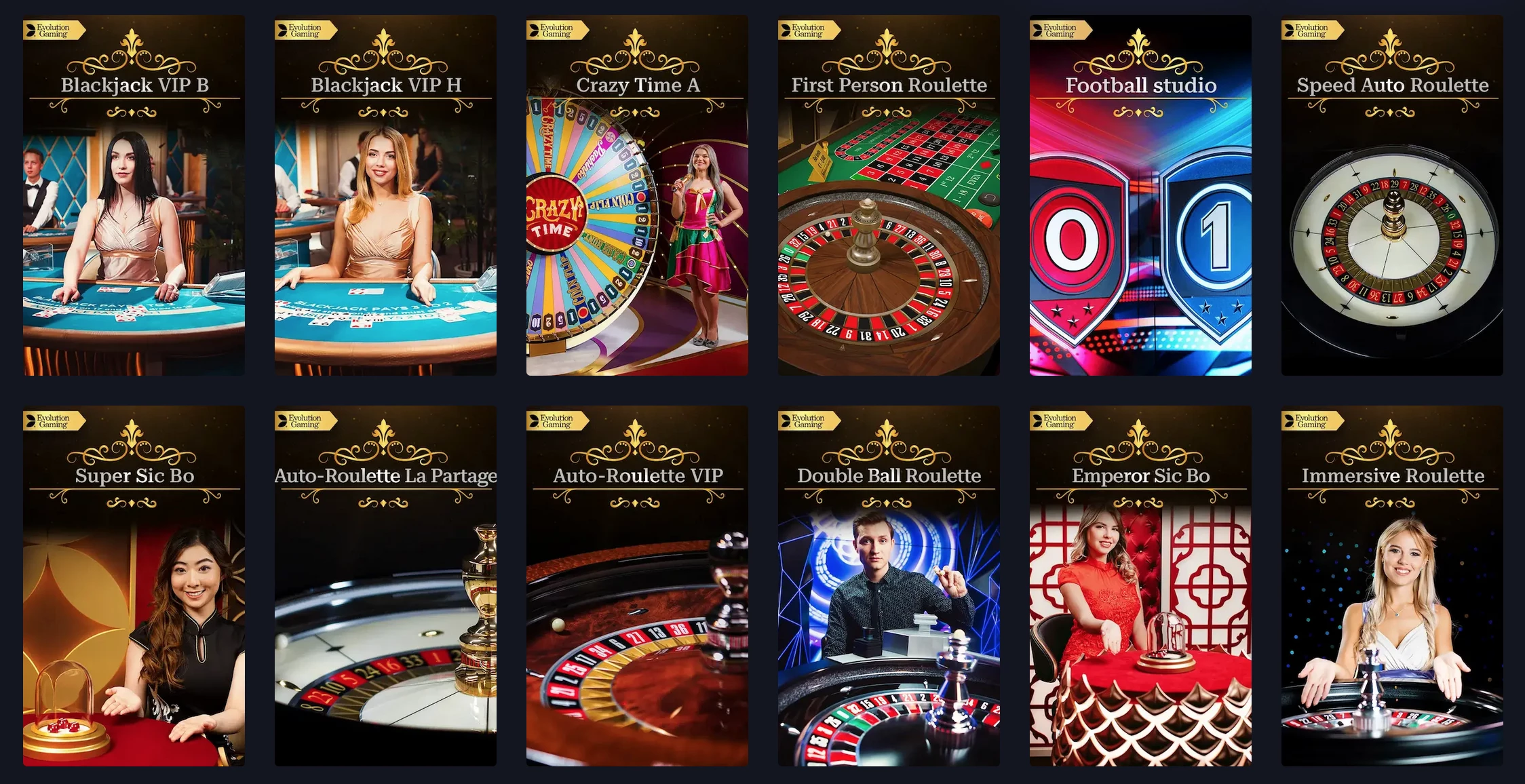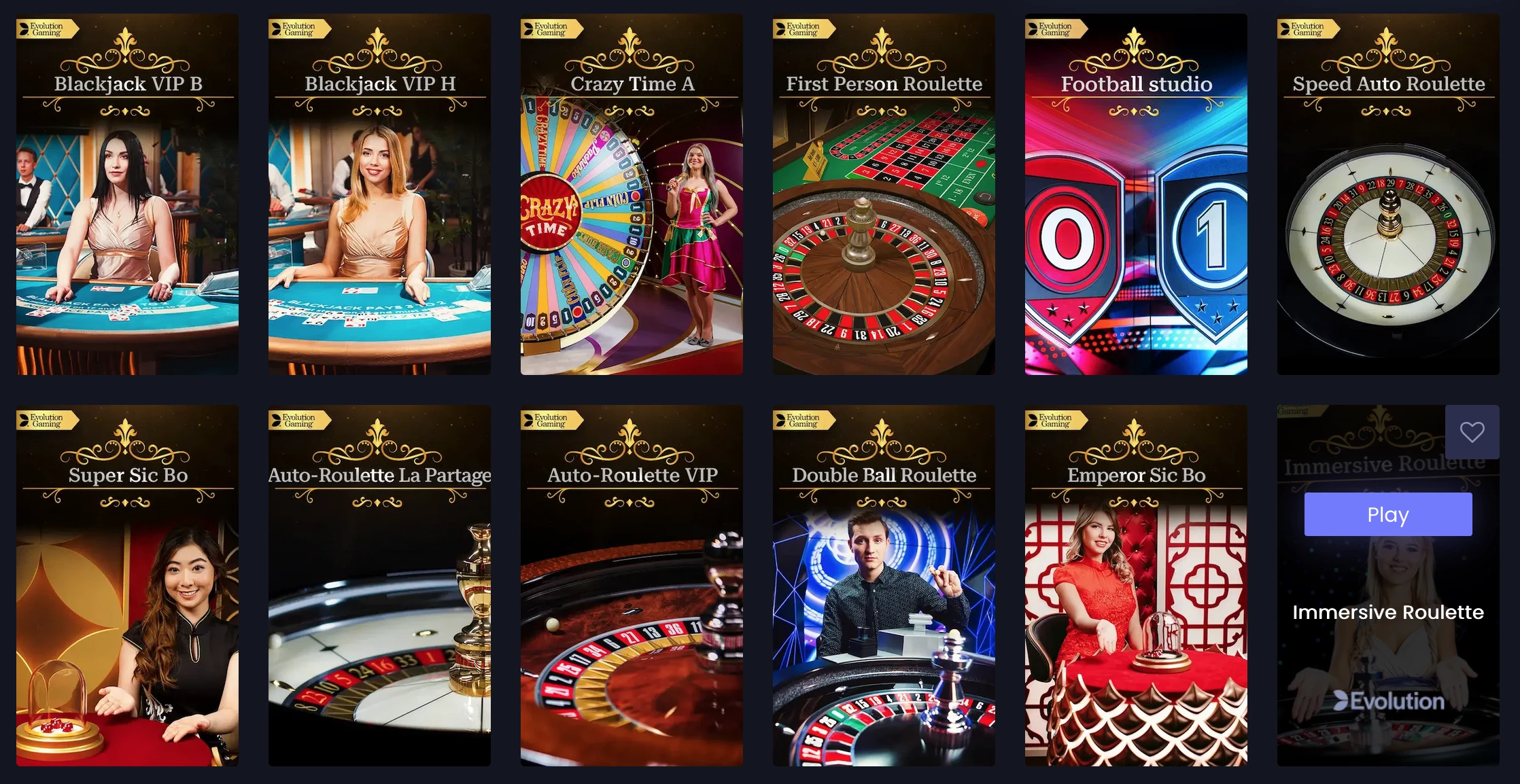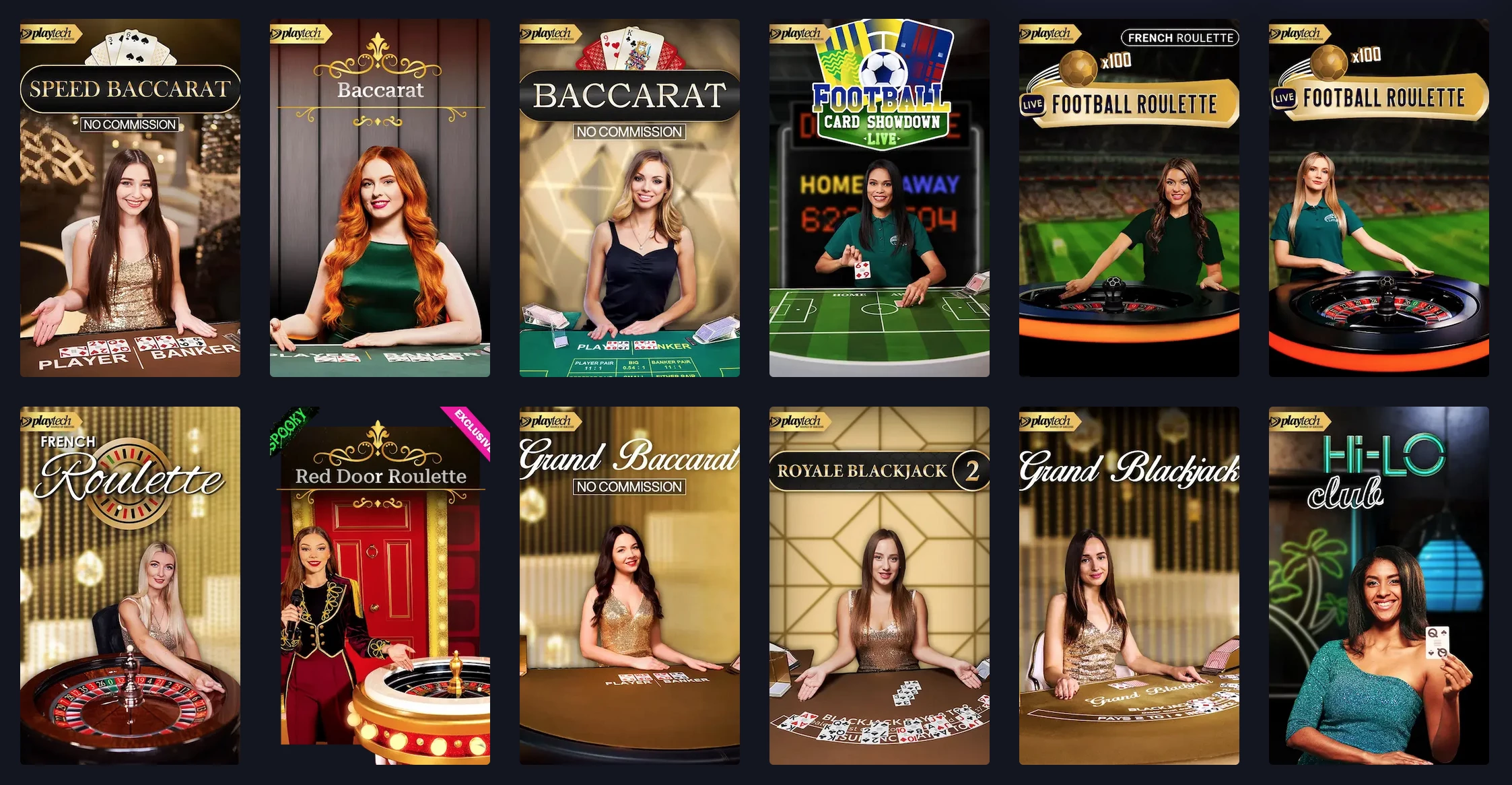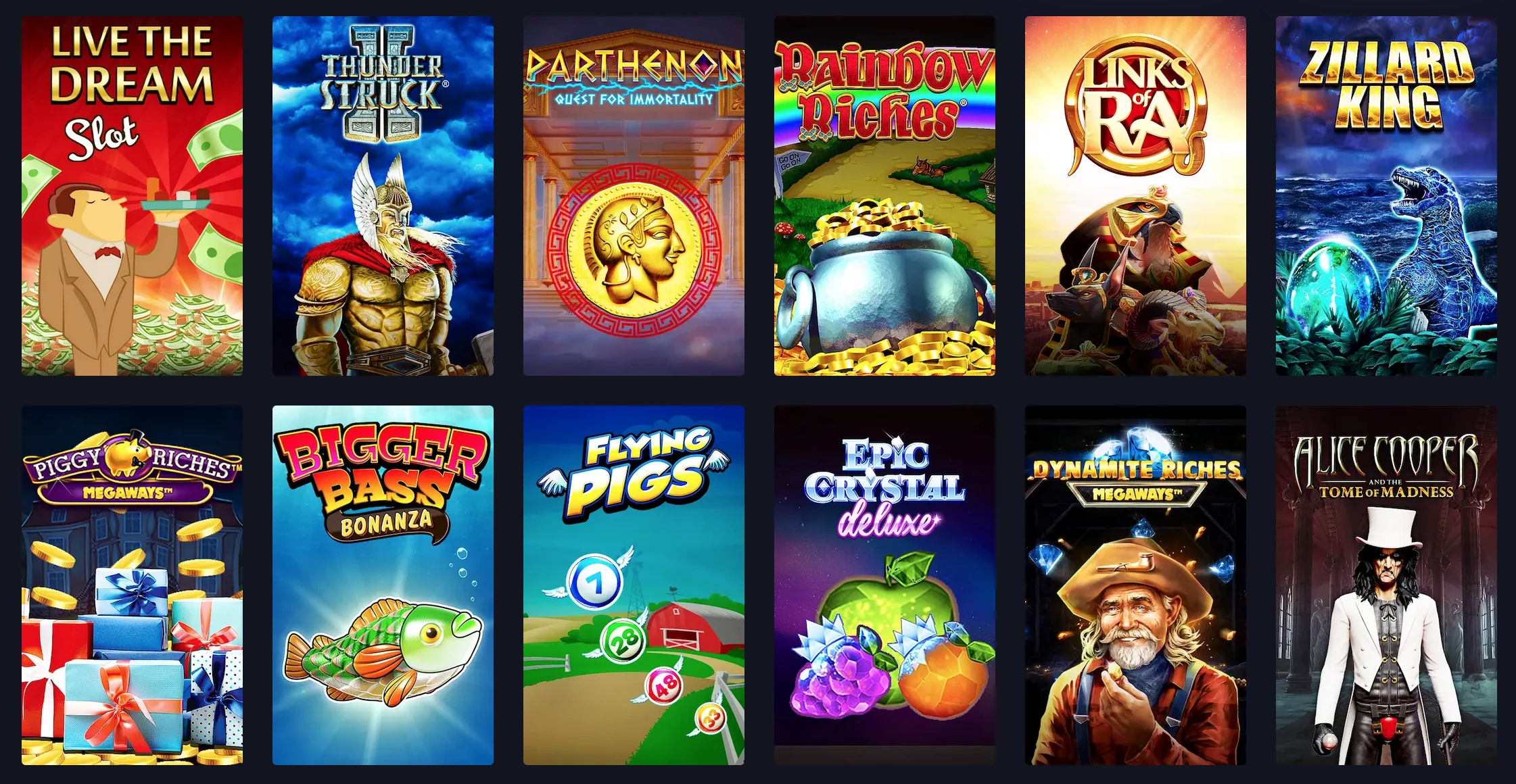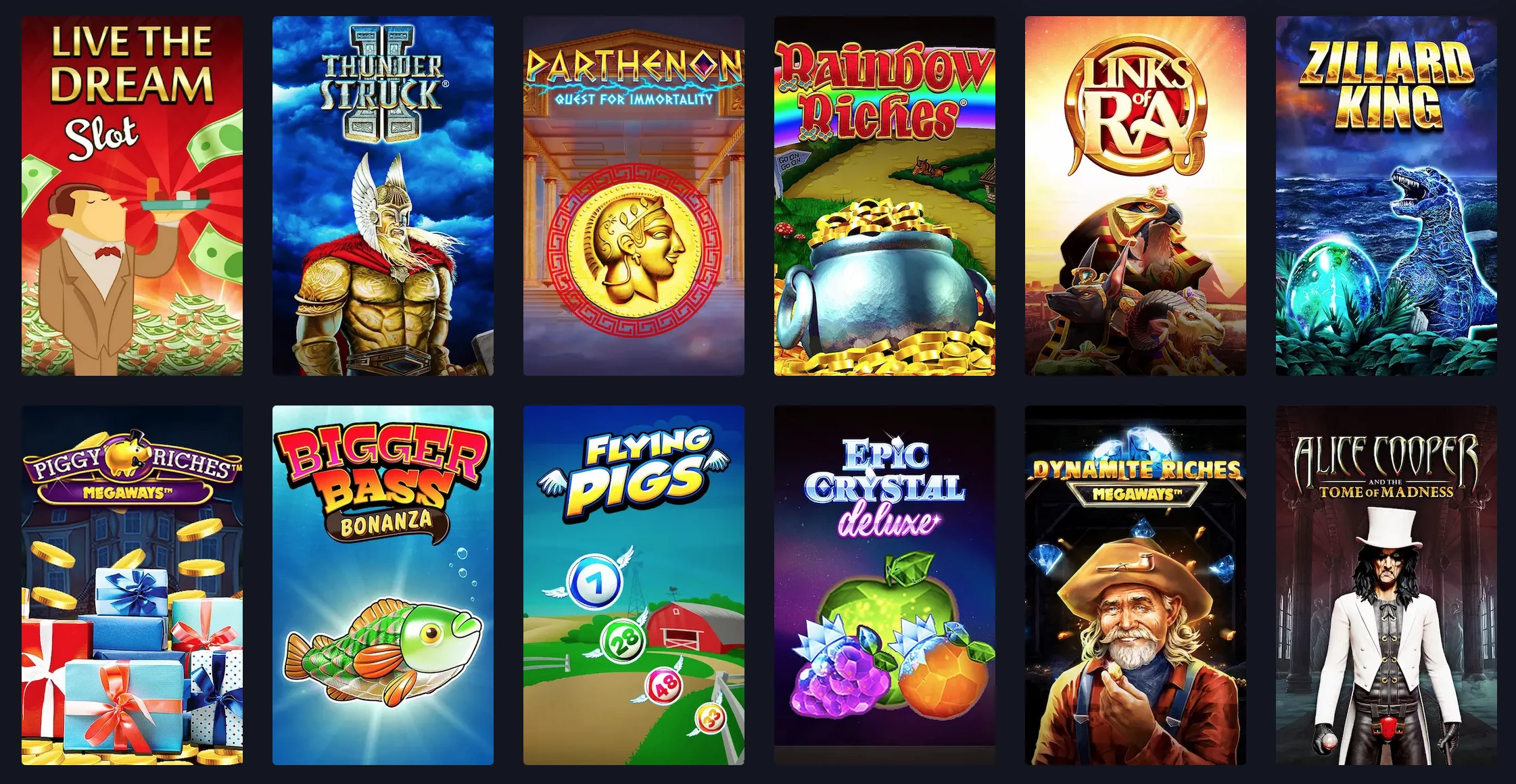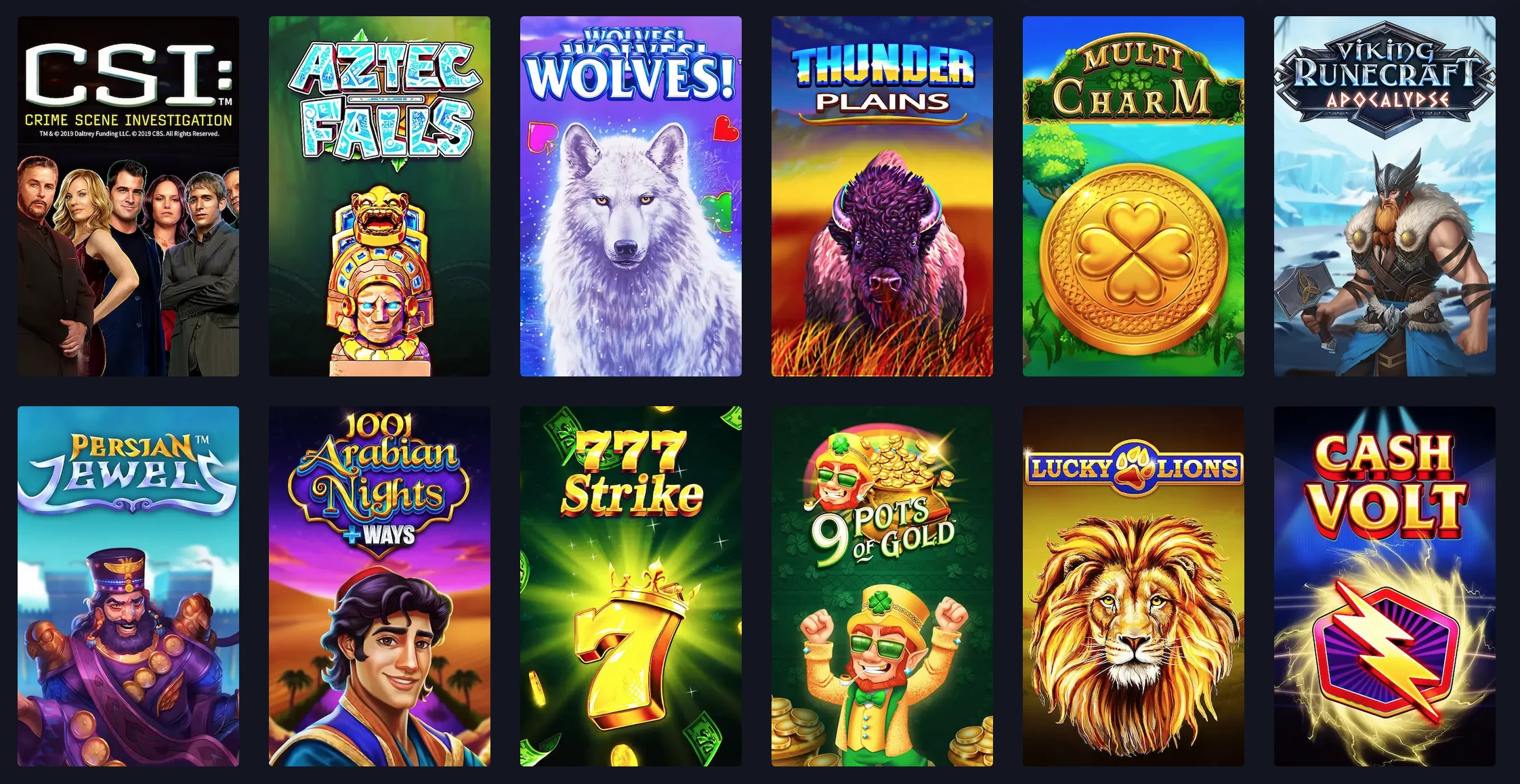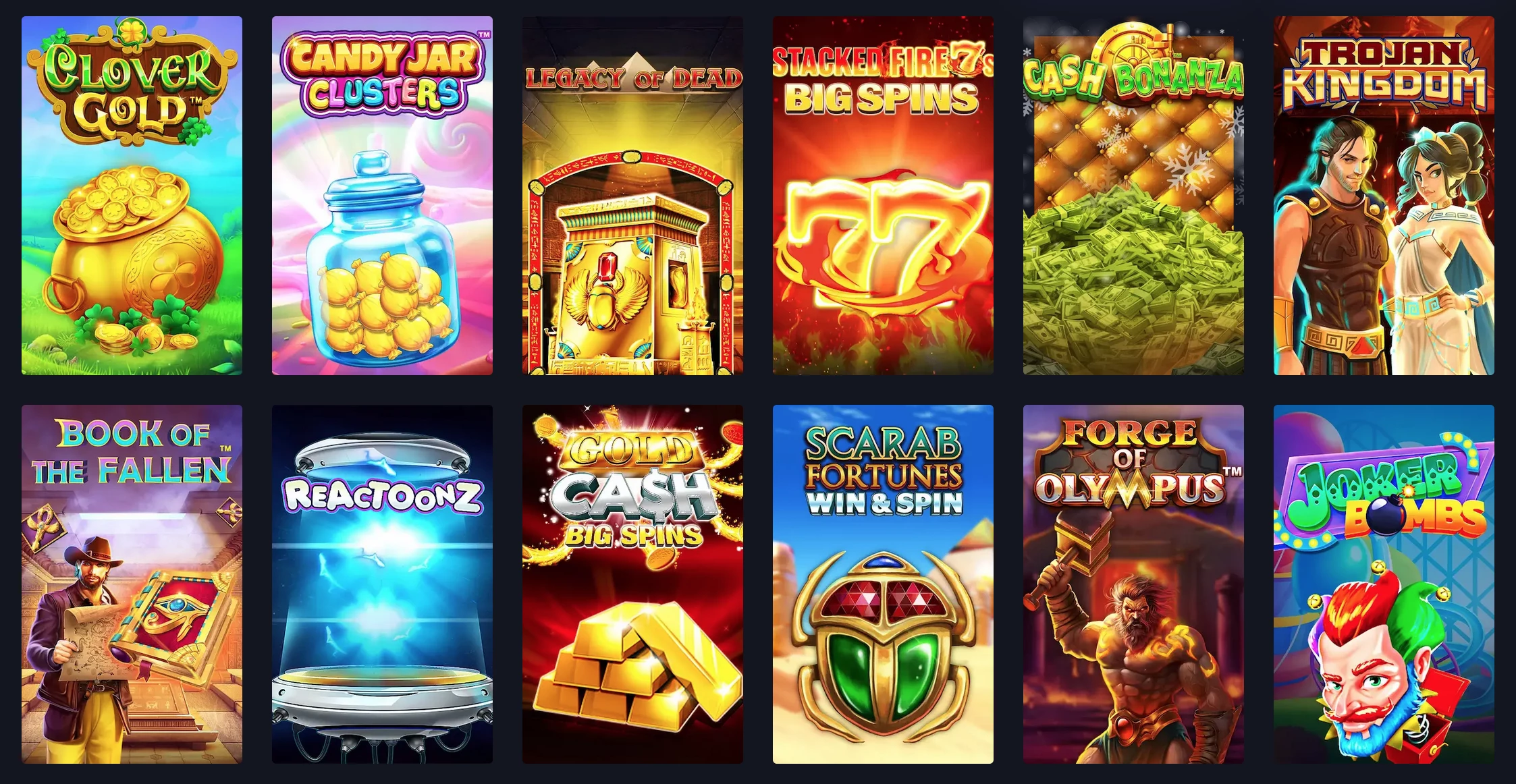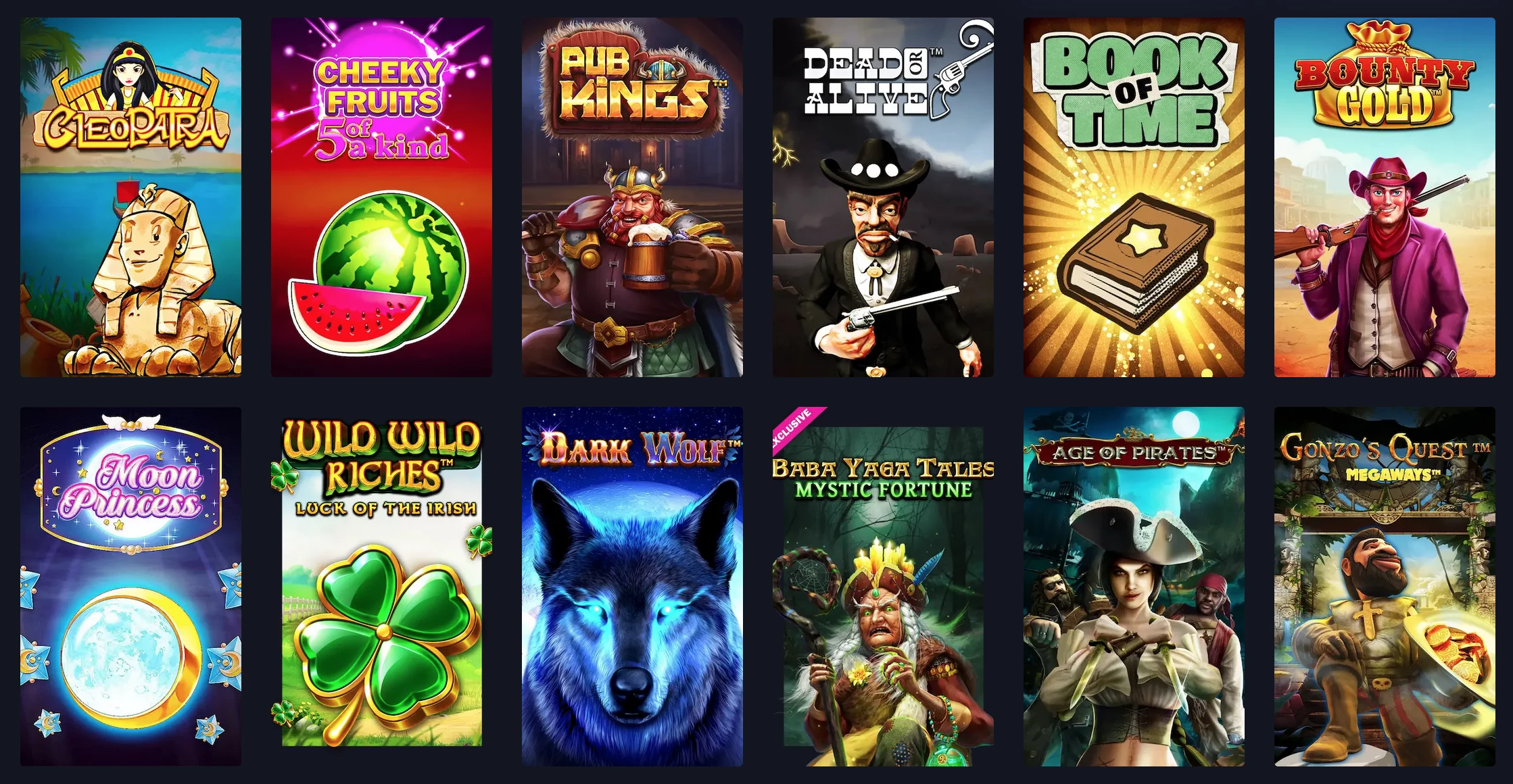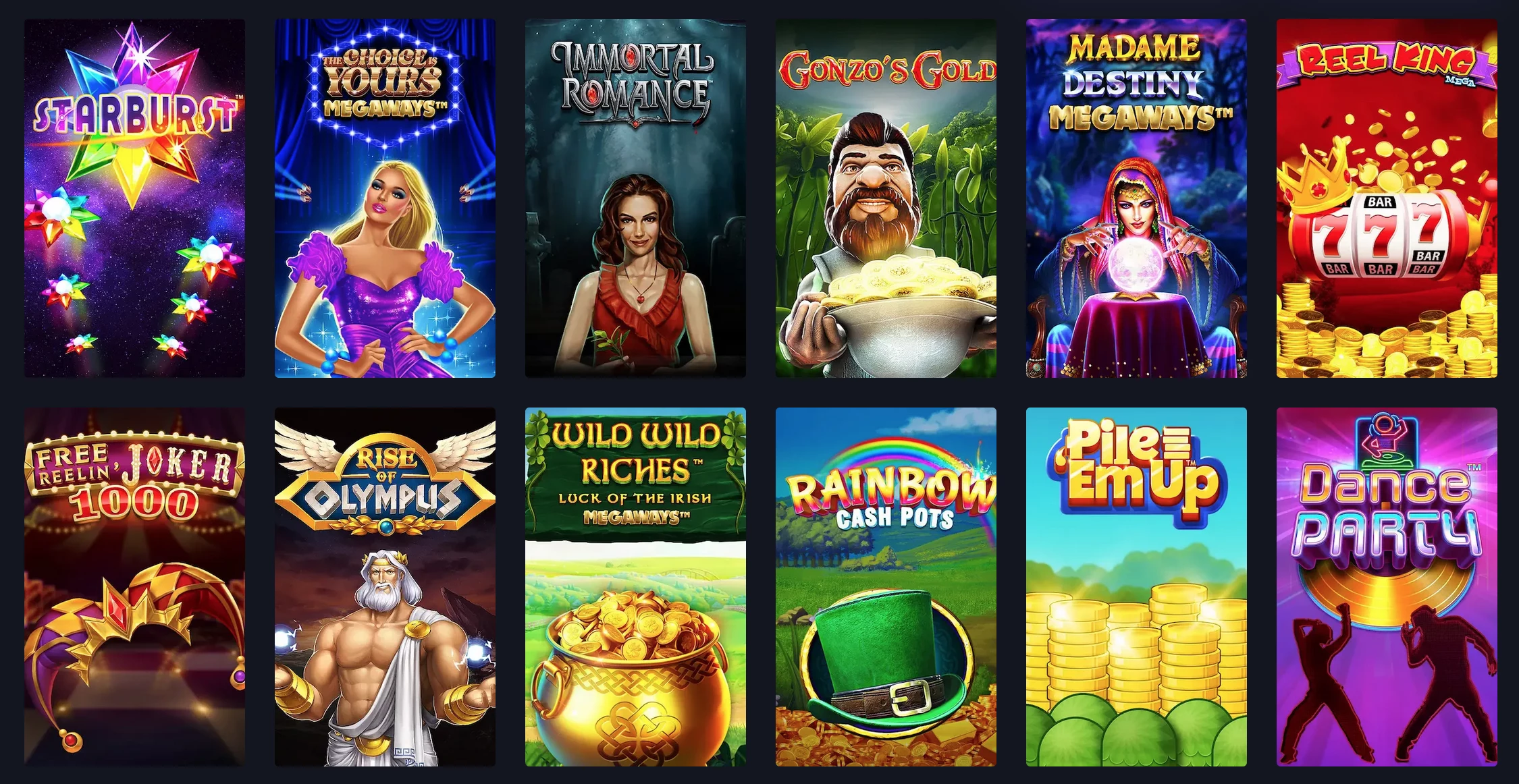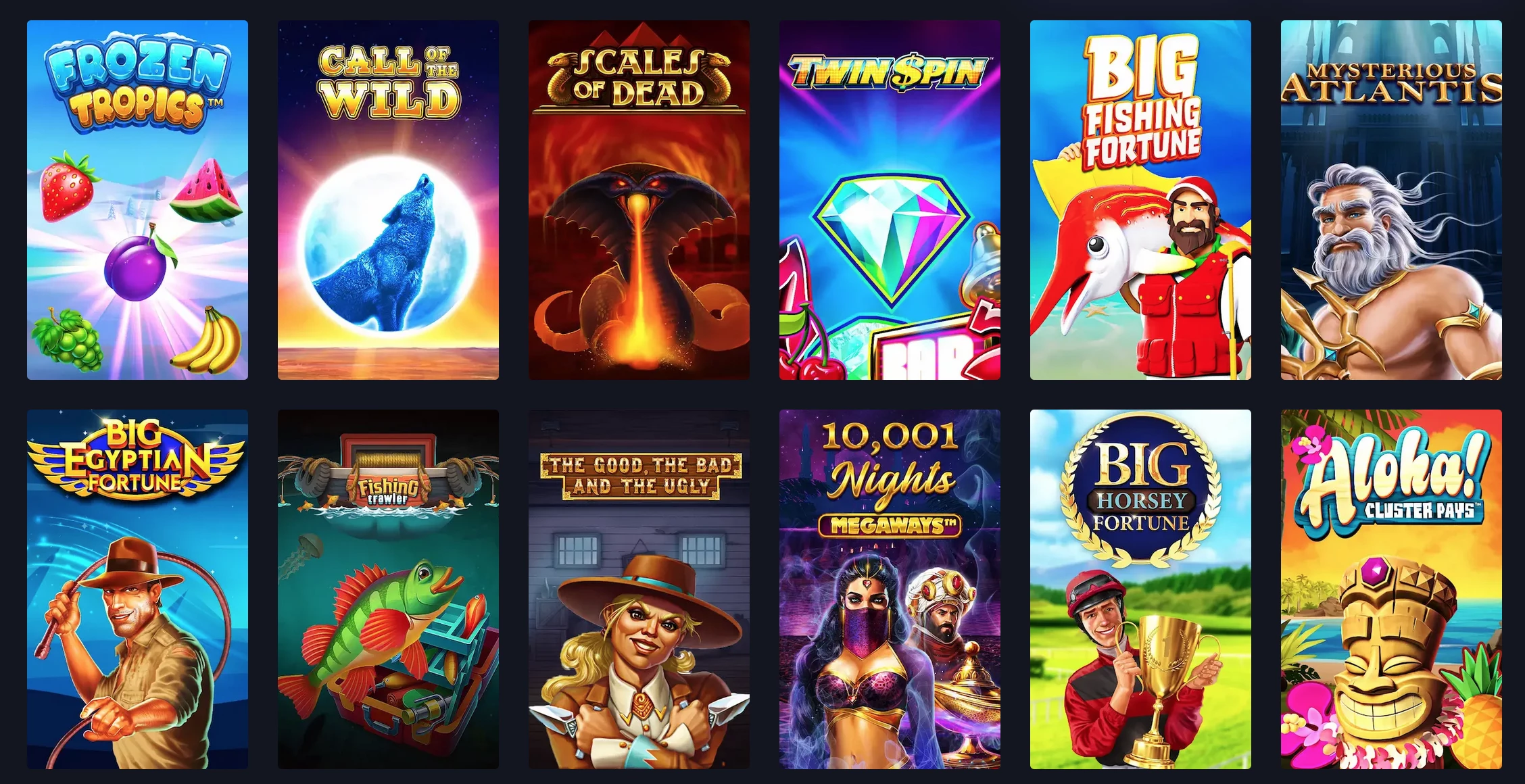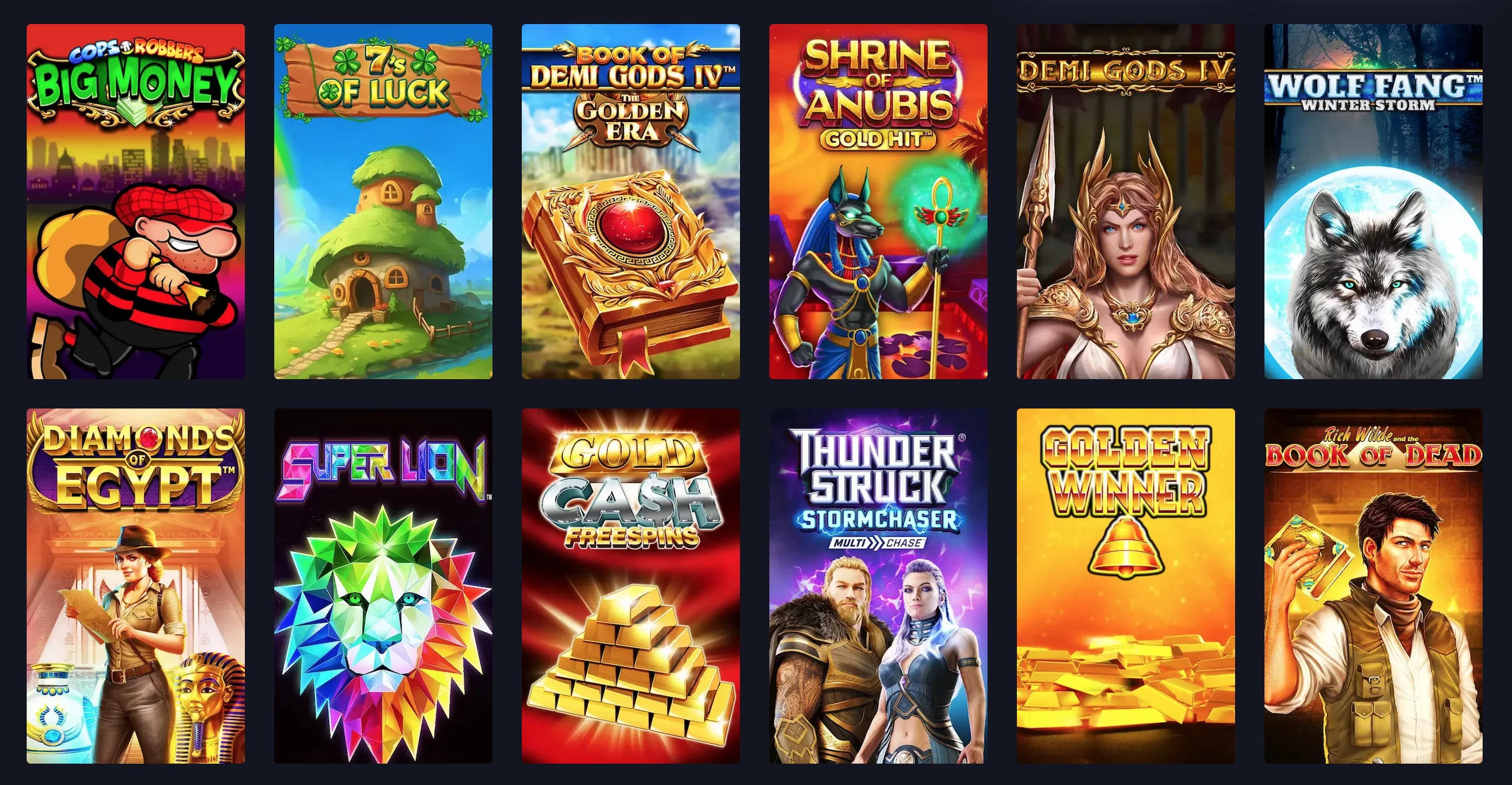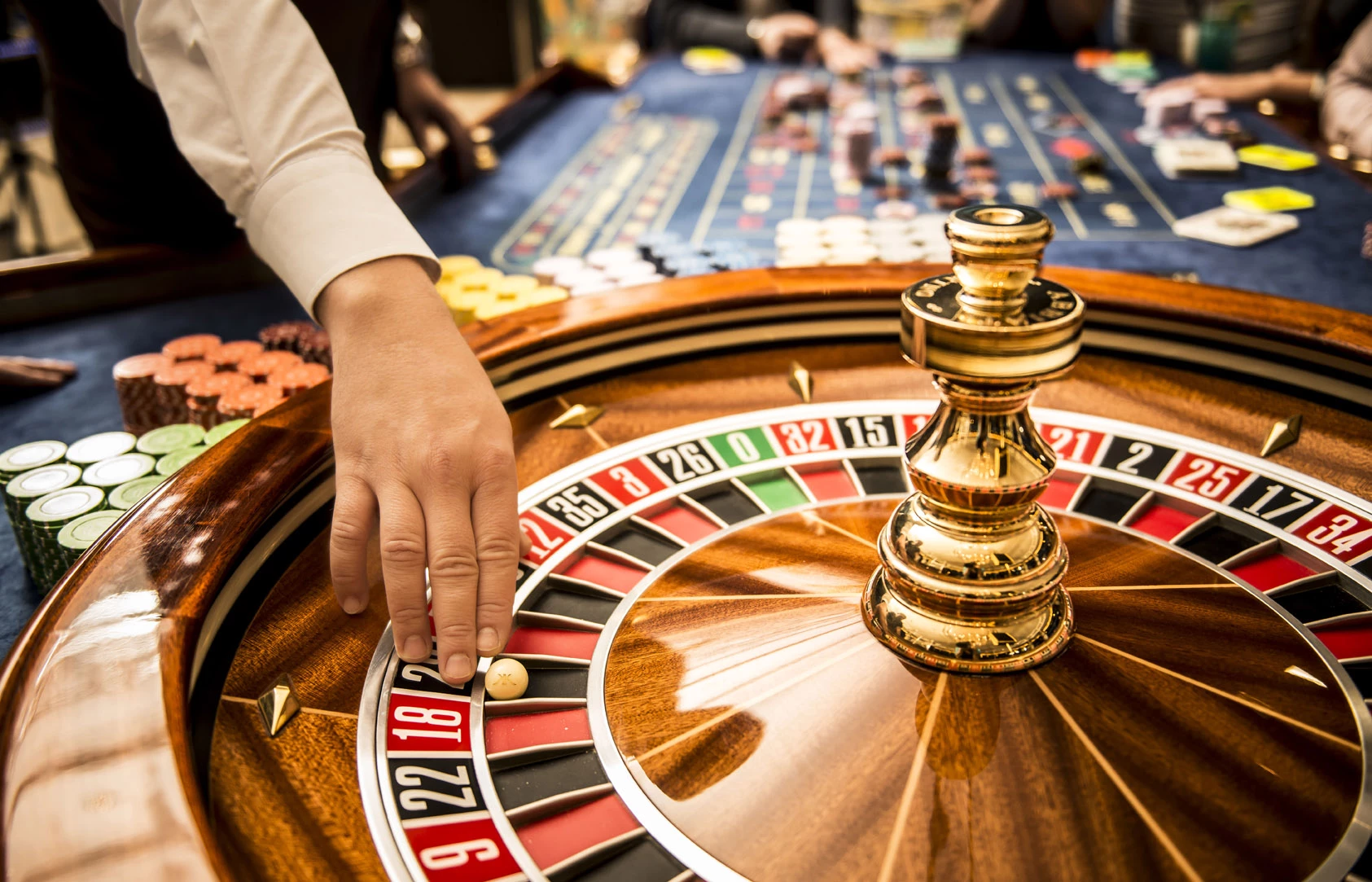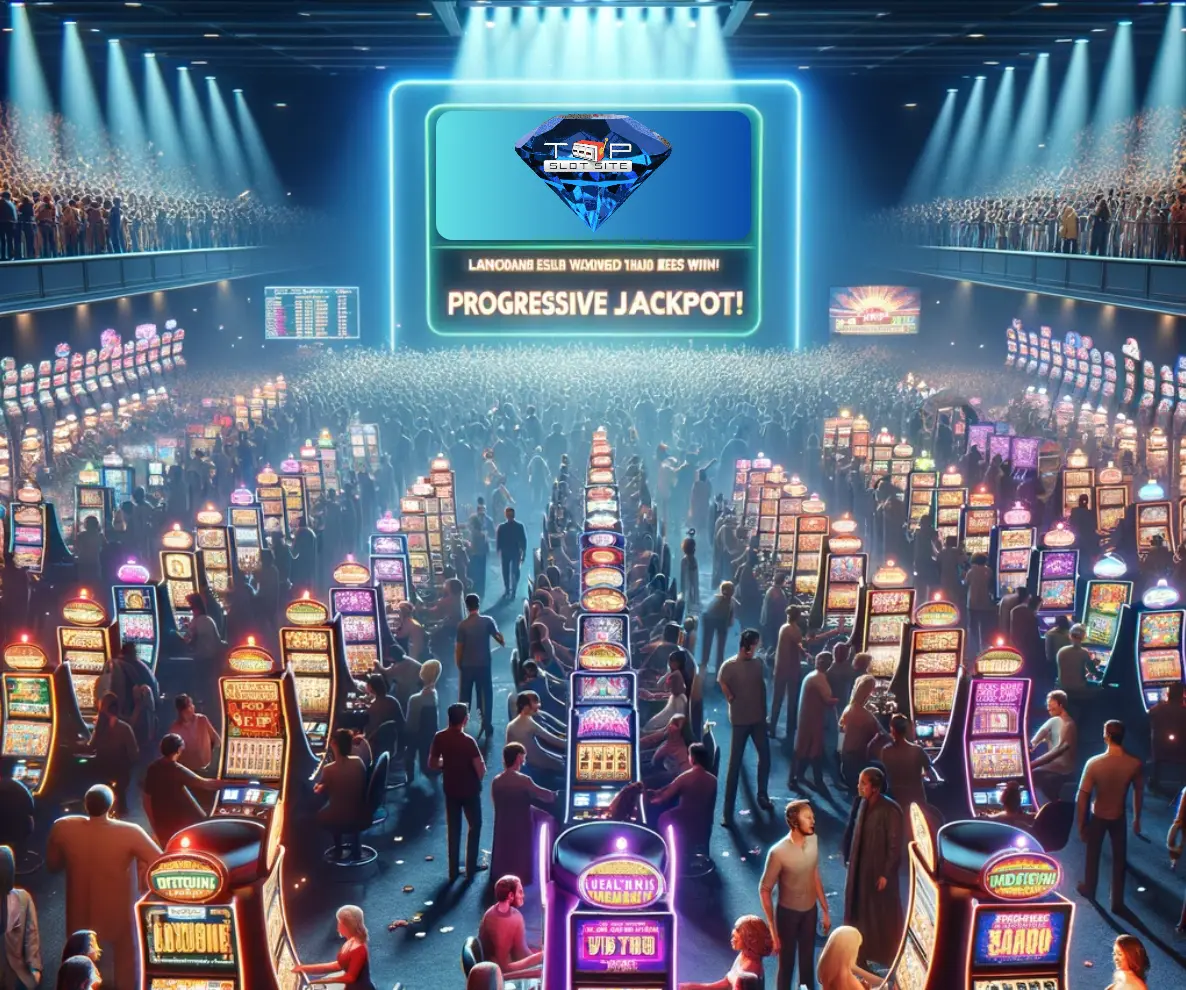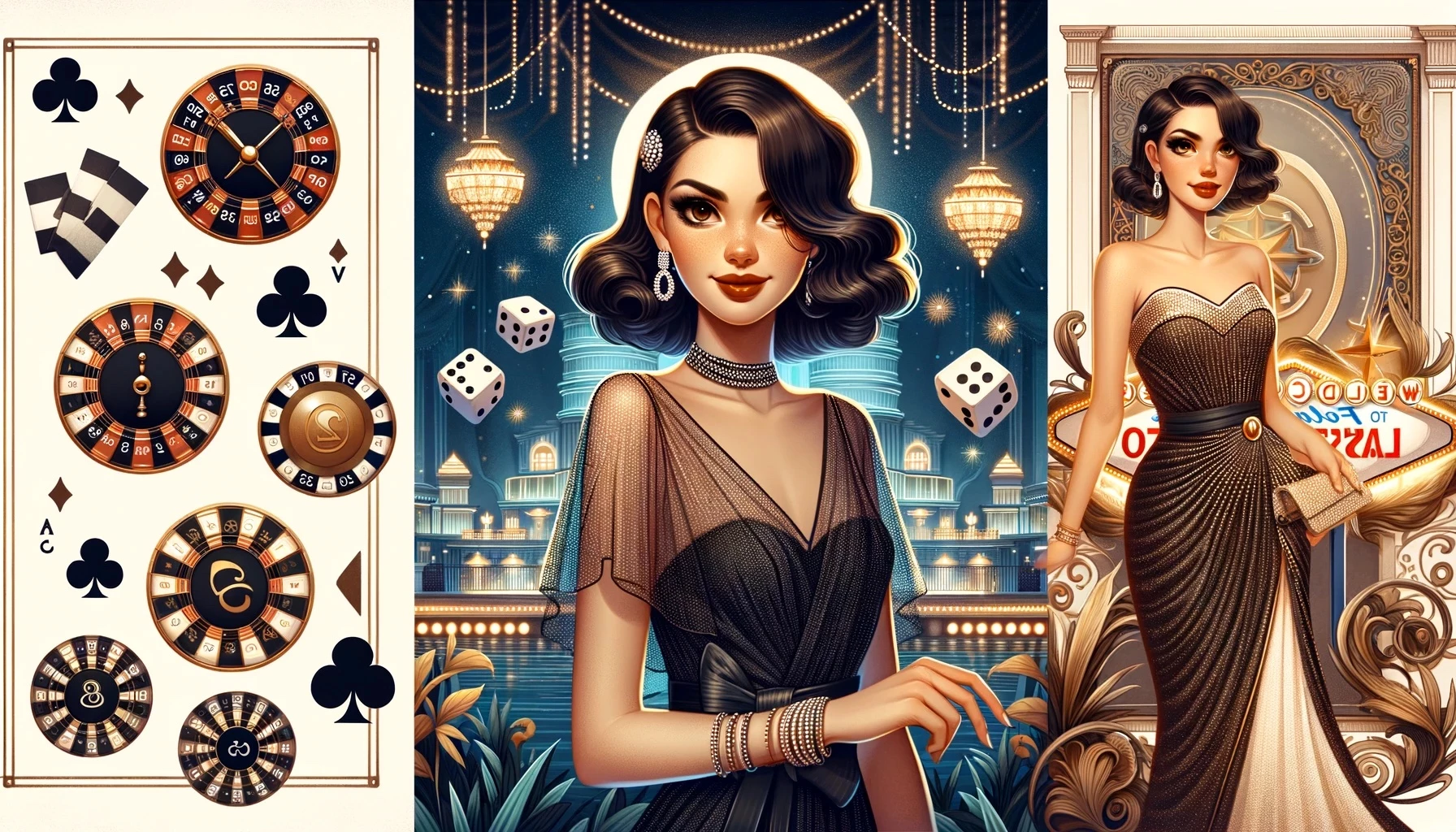Cacino.co.uk Betting, On-line Gambling Opinions & News, Live On line casino, Slots, Blackjack Roulette, Keno & Extra
- Introduction
- 10 Interesting Facts About the Romanian Language
- The History and Evolution of Romanian
- Romanian Dialects: A Comprehensive Guide
- The Importance of Learning Romanian in Today's Globalized World
- Romanian Literature: A Look at the Country's Literary Tradition
- Exploring Romanian Folklore and Mythology
- Romanian Cuisine: A Delicious Journey Through Traditional Dishes
- The Top Tourist Destinations in Romania
- Romanian Music: From Traditional Folk to Modern Pop
- The Role of Romanian in Eastern Europe's Linguistic Landscape
- Learning Romanian: Tips and Resources for Beginners
- Q&A
- Conclusion
“Uncover the hidden gems of Romania – a land of pure magnificence and wealthy historical past.”
Introduction
romanian is a Romance language spoken by roughly 24 million people, primarily in Romania and Moldova. It's the official language of Romania and one of the official languages of the European Union. Romanian is carefully related to Italian, Spanish, French, and Portuguese, and shares many similarities with these languages. It has a wealthy literary custom relationship again to the sixteenth century, and has been influenced by varied different languages all through its historical past.
10 Attention-grabbing Details About the Romanian Language
Romanian is a Romance language spoken by roughly 24 million people worldwide. It's the official language of Romania and Moldova, and it can be spoken in parts of Serbia, Ukraine, and Hungary. Listed below are ten interesting facts about the Romanian language.
1. Romanian is the only Romance language that developed in Japanese Europe. It advanced from the Latin spoken by the Roman troopers who conquered the area in the 2nd century AD.
2. The Romanian alphabet has 31 letters, including 5 vowels (a, e, i, o, u) and 26 consonants. It makes use of the similar letters as the English alphabet, with the addition of ș and ț, which signify sounds that don't exist in English.
3. Romanian has a advanced system of noun declension, with 5 cases (nominative, genitive, dative-accusative, vocative, and locative) and three genders (masculine, female, and neuter).
4. Romanian has borrowed many phrases from different languages over the centuries, including Slavic languages (akin to Russian and Bulgarian), Turkish, Hungarian, and German.
5. The Romanian language has two foremost dialects: Daco-Romanian (spoken in Romania) and Moldovan (spoken in Moldova). The 2 dialects are very related and are thought-about to be totally different variations of the similar language.
6. Romanian is a phonetic language, which implies that phrases are pronounced precisely as they're spelled. This makes it comparatively easy for learners to read and write in Romanian.
7. Romanian has a wealthy literary custom relationship again to the sixteenth century. Some of the most famous Romanian writers include Mihai Eminescu, Ion Creangă, and Mircea Eliade.
8. The Romanian language has a quantity of unique features that set it other than different Romance languages. For instance, it has a special verb form known as the supine, which is used to express function or intention.
9. Romanian is the only Romance language that has preserved the Latin neuter gender. Which means some nouns (akin to animal, copil, and ou) are neither masculine nor female.
10. Romanian is a beautiful and expressive language that's well-suited to poetry and tune. It has a melodic quality that's typically in comparison with Italian, and it is understood for its wealthy vocabulary and advanced grammar.
In conclusion, Romanian is a fascinating language with a wealthy historical past and culture. Whether or not you are fascinated about learning the language for business or pleasure, there are various resources obtainable to assist you get started. With its unique features and expressive qualities, Romanian is sure to captivate anyone who takes the time to review it.
The History and Evolution of Romanian
Romanian is a Romance language spoken by roughly 24 million people worldwide. It's the official language of Romania and Moldova, and it can be spoken in parts of Serbia, Ukraine, and Hungary. The historical past and evolution of Romanian are fascinating, as it has undergone important modifications all through the centuries.
The origins of Romanian will be traced again to the Roman Empire, which conquered the area that's now Romania in 106 AD. Latin was the official language of the Roman Empire, and it was launched to the native inhabitants. Over time, Latin advanced into a distinct Romance language referred to as Daco-Romanian.
Throughout the Center Ages, Romanian was closely influenced by Slavic languages because of the migration of Slavic tribes into the area. As a consequence, Romanian adopted many Slavic phrases and grammatical constructions. Nonetheless, Latin remained the basis of the language.
In the sixteenth century, Romanian underwent a important transformation because of the affect of the Church. The Romanian Orthodox Church started translating non secular texts into Romanian, which helped standardize the language and set up a written form. This era is named the “Previous Romanian” interval.
In the 18th century, Romanian underwent another important change because of contact with different European languages. French turned trendy among the Romanian aristocracy, and many French phrases had been adopted into Romanian. This era is named the “New Romanian” interval.
Throughout the nineteenth century, Romania gained independence from the Ottoman Empire and turned a trendy nation-state. This led to a renewed curiosity in Romanian culture and language. Many intellectuals started selling the use of pure Romanian phrases as an alternative of borrowing from different languages.
In 1866, a spelling reform was launched that simplified the spelling of many phrases and eradicated pointless letters. This made Romanian easier to read and write, and it helped set up a standard form of the language.
Throughout the twentieth century, Romanian underwent additional modifications because of political and social components. In 1948, Romania turned a communist state, and the authorities started selling a simplified form of Romanian referred to as “Communist Romanian.” This form of the language eradicated many of the advanced grammatical constructions and vocabulary that had been deemed pointless.
After the fall of communism in 1989, Romanian underwent a interval of revitalization. Many phrases and grammatical constructions that had been eradicated throughout the communist period had been reintroduced, and there was a renewed curiosity in preserving the language's wealthy historical past and cultural heritage.
Immediately, Romanian continues to evolve and adapt to altering social and cultural contexts. It's a vibrant and dynamic language that displays the advanced historical past and numerous influences of the area. Whether or not spoken in Romania, Moldova, or different parts of the world, Romanian stays an important half of the world linguistic panorama.
Romanian Dialects: A Complete Guide
Romanian Dialects: A Complete Guide
Romanian is a Romance language spoken by roughly 24 million people worldwide. It's the official language of Romania and Moldova, and it can be spoken in parts of Serbia, Ukraine, and Hungary. Like many different languages, Romanian has a number of dialects that change in pronunciation, vocabulary, and grammar.
The most extensively spoken dialect of Romanian is Daco-Romanian, which is spoken in Romania and Moldova. This dialect is taken into account the standard form of Romanian and is used in official documents, media, and training. Nonetheless, there are a number of different dialects of Romanian which might be spoken in several areas of the nation.
One of the most distinct dialects of Romanian is Aromanian, which is spoken in parts of Greece, Albania, and North Macedonia. Aromanian has its roots in the historic Roman Empire and has been influenced by Greek and Albanian languages. It has a unique vocabulary and pronunciation that sets it other than different Romanian dialects.
One other notable dialect of Romanian is Megleno-Romanian, which is spoken in parts of Greece and North Macedonia. Megleno-Romanian has been closely influenced by Slavic languages and has a distinct vocabulary and grammar construction. It's thought-about endangered as there are only a few thousand audio system left.
Istro-Romanian is another dialect of Romanian that's spoken in Croatia and Slovenia. It has been closely influenced by Italian and Slavic languages and has a unique vocabulary and pronunciation. Istro-Romanian can be thought-about endangered as there are only a few hundred audio system left.
Banat Romanian is a dialect spoken in the Banat area of Romania, Serbia, and Hungary. It has been influenced by Hungarian, Serbian, and German languages and has a distinct vocabulary and grammar construction. Banat Romanian additionally has a number of sub-dialects that change in pronunciation and vocabulary.
Moldovan Romanian is a dialect spoken in Moldova and has been closely influenced by Russian and Ukrainian languages. It has a unique vocabulary and pronunciation that sets it other than different Romanian dialects. Nonetheless, there may be ongoing debate about whether or not Moldovan Romanian is a separate language or a dialect of Romanian.
In addition to those dialects, there are additionally a number of regional variations of Romanian that change in pronunciation and vocabulary. For instance, the Transylvanian dialect is spoken in the Transylvania area of Romania and has a distinct pronunciation and vocabulary. The Oltenian dialect is spoken in the Oltenia area of Romania and has a unique grammar construction.
Regardless of the variations between these dialects, they're all mutually intelligible, that means that audio system of totally different dialects can perceive one another. Nonetheless, some dialects could also be more difficult for non-native audio system to know because of their unique vocabulary and pronunciation.
In conclusion, Romanian is a language with a number of distinct dialects that change in pronunciation, vocabulary, and grammar. Whereas Daco-Romanian is the most extensively spoken dialect and thought-about the standard form of Romanian, there are a number of different dialects which might be spoken in several areas of the nation. These dialects have been influenced by varied languages all through historical past and have unique traits that set them other than one another. Regardless of these variations, all Romanian dialects are mutually intelligible, making it potential for audio system of totally different dialects to speak with one another.
The Significance of Studying Romanian in Immediately's Globalized World
In today's globalized world, learning a new language will be a helpful asset. With the rise of international business and journey, having the ability to talk in a number of languages can open up new opportunities and assist construct relationships with people from totally different cultures. One language that's typically neglected but will be extremely helpful is Romanian.
Romanian is the official language of Romania, a nation situated in southeastern Europe. Additionally it is spoken in Moldova, a neighboring nation, as well as by Romanian communities around the world. Whereas it is probably not as extensively spoken as languages like Spanish or Mandarin, there are nonetheless many explanation why learning Romanian will be helpful.
Firstly, Romania is a quickly creating nation with a rising financial system. Many international companies have established operations in Romania, and there are quite a few job opportunities for many who communicate the language. Moreover, Romania is a popular vacationer vacation spot, notably for its beautiful landscapes and historic cities. Being capable of communicate Romanian can make touring in the nation a lot easier and more gratifying.
Moreover, learning Romanian will help construct relationships with people from Romania and Moldova. These countries have wealthy cultural traditions and histories which might be price exploring. By talking their language, you can gain a deeper understanding of their customs and values, which will help foster stronger connections.
Another excuse to be taught Romanian is that it is a Romance language, that means it has roots in Latin. This makes it just like different Romance languages like Spanish, French, and Italian. If you already communicate one of these languages, learning Romanian could also be easier than you assume. Moreover, understanding a number of Romance languages will be spectacular to potential employers or business partners.
In fact, like any language, learning Romanian requires time and effort. Nonetheless, there are various resources obtainable to assist you get started. On-line programs and language exchange programs can provide structured learning opportunities, whereas immersion programs in Romania or Moldova can provide a more immersive expertise.
In conclusion, whereas it is probably not the most extensively spoken language, learning Romanian will be a helpful asset in today's globalized world. It might open up new job opportunities, make touring in Romania and Moldova easier, and assist construct relationships with people from these countries. Moreover, as a Romance language, it shares similarities with different popular languages like Spanish and French. So if you're looking to increase your language abilities, think about giving Romanian a try.
Romanian Literature: A Look at the Country's Literary Custom
Romanian Literature: A Look at the Country's Literary Custom
Romania is a nation with a wealthy literary custom that dates again to the sixteenth century. Romanian literature has been formed by varied historic, social, and cultural components, including the nation's geography, language, faith, and political local weather. In this article, we will take a nearer have a look at Romanian literature and its evolution over the centuries.
The earliest identified Romanian literary work is a non secular textual content known as “The Letter of Neacșu from Câmpulung” (1521), which was written in Cyrillic script. This textual content is taken into account to be the first written doc in the Romanian language. Over the next few centuries, Romanian literature developed slowly, with most works being non secular or historic in nature.
In the nineteenth century, nevertheless, Romanian literature underwent a main transformation. This was due partially to the nation's battle for independence from the Ottoman Empire and its subsequent unification with Moldavia and Wallachia. The interval between 1830 and 1870 is named the “National Awakening” and noticed a surge in literary exercise as writers sought to define and have a good time Romanian identification.
One of the most important figures of this interval was Mihai Eminescu (1850-1889), who's extensively thought to be Romania's biggest poet. Eminescu's poetry is characterised by its romanticism, lyricism, and philosophical depth. His works typically discover themes akin to love, nature, death, and the that means of life. Some of his most famous poems include “Luceafărul” (“The Night Star”), “Doina” (“The Lament”), and “Scrisoarea III” (“Letter III”).
One other distinguished author of this interval was Ion Creangă (1837-1889), who's greatest identified for his assortment of folks tales and stories. Creangă's works are notable for their humor, wit, and vivid descriptions of rural life in Moldavia. His most famous work is “Amintiri din copilărie” (“Childhood Recollections”), which is a semi-autobiographical account of his childhood.
In the early twentieth century, Romanian literature continued to flourish, with writers exploring new themes and kinds. One of the most important literary actions of this interval was Symbolism, which emphasised the use of metaphor, symbolism, and subjective expertise. One of the main Symbolist poets was George Bacovia (1881-1957), whose works typically deal with themes of loneliness, despair, and alienation.
One other important author of this interval was Mircea Eliade (1907-1986), who's greatest identified for his works on faith and mythology. Eliade's writings discover the relationship between the sacred and the profane, and he's thought-about to be one of the most influential students of faith in the twentieth century.
In the put up-World Battle II period, Romanian literature was closely influenced by the nation's communist authorities. Many writers had been censored or persecuted for their political views, and literature turned a means of resistance in opposition to the regime. One of the most famous dissident writers was Paul Goma (born 1935), whose works typically dealt with themes of oppression, censorship, and political corruption.
After the fall of communism in 1989, Romanian literature skilled a renaissance as writers had been free to discover new themes and kinds. Some of the most distinguished up to date writers include Mircea Cărtărescu, Herta Müller (who won the Nobel Prize in Literature in 2009), and Norman Manea.
In conclusion, Romanian literature is a wealthy and numerous custom that has been formed by a variety of historic, social, and cultural components. From its earliest non secular texts to its up to date works, Romanian literature has explored a vast range of themes and kinds, and has contributed considerably to the nation's cultural heritage.
Exploring Romanian Folklore and Mythology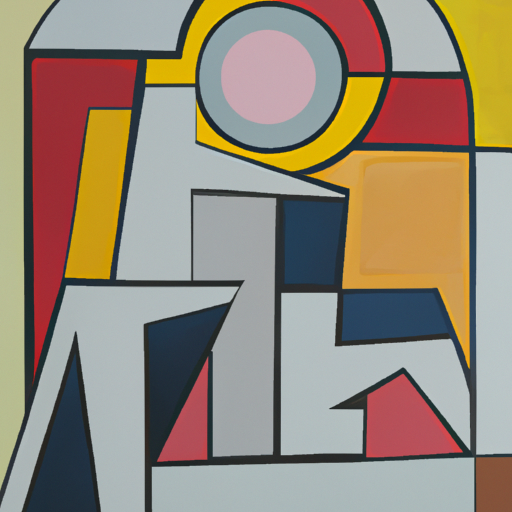
Romanian folklore and mythology are wealthy and numerous, reflecting the nation's advanced historical past and cultural heritage. From historic legends to trendy-day tales, Romanian folklore is a treasure trove of stories, beliefs, and customs which were handed down by generations.
One of the most famous figures in Romanian folklore is Dracula, the bloodthirsty vampire who has turn into a pop culture icon. Nonetheless, the real Dracula was a fifteenth-century prince named Vlad Tepes, who was identified for his cruelty and brutality. His repute as a vampire was created by Bram Stoker's novel, which drew inspiration from Romanian folklore.
One other popular character in Romanian folklore is Ielele, supernatural beings which might be stated to inhabit forests and meadows. They are beautiful girls with long hair and wings, who will be each benevolent and malevolent. Based on legend, they'll grant wishes or punish those that disrespect nature.
Romanian mythology additionally consists of a pantheon of gods and goddesses, many of whom had been borrowed from neighboring cultures akin to the Greeks and Romans. One of the most important deities is Zamolxis, the god of the sky and thunder. He was worshipped by the Dacians, an historic tribe that inhabited Romania before the Roman conquest.
One other important determine in Romanian mythology is Miorita, a symbolic sheep that seems in a popular ballad. The ballad tells the story of three shepherds who conspire to kill their good friend, but Miorita warns him of their plan. The ballad is seen as a metaphor for betrayal and loyalty.
Romanian folklore additionally consists of a wealthy custom of folks music and dance. One of the most famous dances is the hora, a circle dance that's carried out at weddings and different celebrations. The music is often played on conventional devices akin to the cimbalom, a type of hammered dulcimer.
In addition to music and dance, Romanian folklore additionally consists of a variety of customs and traditions. One of the most important is Martisor, a celebration that takes place on March 1st. On this day, people give one another small tokens of good luck, often in the form of purple and white strings or trinkets.
One other important custom is Dragobete, a celebration of love and fertility that takes place on February twenty fourth. It's just like Valentine's Day, but with a more pagan twist. Based on legend, Dragobete was a good-looking younger man who was cherished by all the girls in the village.
Total, Romanian folklore and mythology are an important half of the nation's cultural heritage. They mirror the nation's advanced historical past and numerous influences, from historic legends to trendy-day customs. Whether or not it's the bloodthirsty Dracula or the beautiful Ielele, Romanian folklore is full of fascinating characters and stories that continue to captivate audiences around the world.
Romanian Delicacies: A Scrumptious Journey Through Conventional Dishes
Romanian Delicacies: A Scrumptious Journey Through Conventional Dishes
Romanian delicacies is a reflection of the nation's wealthy historical past and numerous cultural influences. From the hearty stews of the Transylvanian mountains to the delicate pastries of the Danube Delta, Romanian food is a scrumptious journey by conventional dishes.
One of the most iconic Romanian dishes is sarmale, which are cabbage rolls stuffed with a combination of minced pork, rice, and spices. Served with bitter cream and polenta, sarmale is a staple at family gatherings and special events. One other popular dish is mici, which are grilled minced meat rolls constructed from a combination of beef, lamb, and pork. Served with mustard and bread, mici are a favourite avenue food in Romania.
Romanian delicacies additionally features a variety of soups, including ciorba de burta, which is a bitter soup made with tripe, greens, and bitter cream. Other popular soups include ciorba de perisoare, which is a meatball soup, and supa de pui cu taitei, which is a chicken noodle soup.
When it involves foremost programs, there are a lot of options to select from. One dish that stands out is tochitura, which is a stew made with pork, bacon, onions, and paprika. Served with polenta and pickles, tochitura is a hearty meal that will keep you heat on cold winter days. One other popular foremost course is mititei, which are grilled minced meat rolls just like mici but with out the casing.
Romanian delicacies additionally has a candy side. One of the most famous desserts is papanasi, which are fried doughnuts constructed from cottage cheese and served with bitter cream and jam. One other popular dessert is cozonac, which is a candy bread crammed with nuts or chocolate and historically eaten throughout Easter.
In addition to those conventional dishes, Romanian delicacies additionally features a variety of regional specialties. For instance, in the Moldavian area, you can discover placinta cu branza, which is a savory pastry crammed with cheese and dill. In the Banat area, you can try gulas cu galuste, which is a beef stew served with dumplings.
Total, Romanian delicacies is a scrumptious journey by conventional dishes that mirror the nation's wealthy historical past and numerous cultural influences. Whether or not you're in the temper for a hearty stew or a delicate pastry, there's one thing for everybody to enjoy. So why not take a culinary journey to Romania and discover the flavors of this fascinating nation?
The Prime Vacationer Locations in Romania
Romania is a nation that's wealthy in historical past, culture, and pure magnificence. It's a vacation spot that has one thing to supply for everybody, from the gorgeous structure of its cities to the breathtaking landscapes of its countryside. In this article, we will discover some of the top vacationer locations in Romania.
Bucharest is the capital city of Romania and is sometimes called the “Paris of the East.” It's a city that's steeped in historical past and culture, with many museums, art galleries, and historic landmarks to discover. One of the most popular points of interest in Bucharest is the Palace of the Parliament, which is the second-largest administrative building in the world after the Pentagon. Other should-see points of interest in Bucharest include the Romanian Athenaeum, the National Museum of Artwork of Romania, and the Previous City.
Brasov is a city situated in central Romania and is understood for its medieval structure and gorgeous mountain surroundings. The city's most famous landmark is the Black Church, which is one of the largest Gothic church buildings in Europe. Other popular points of interest in Brasov include the Council Sq., the Rope Street, and the Bran Fortress, which is claimed to be the inspiration for Bram Stoker's Dracula.
Sighisoara is a small medieval town situated in Transylvania and is one of the greatest-preserved fortified cities in Europe. The town's most famous landmark is the Clock Tower, which dates again to the 14th century. Other should-see points of interest in Sighisoara include the Church on the Hill, the Venetian House, and the Vlad Dracul House.
The Danube Delta is a unique pure surprise that spans over 2,200 square miles and is residence to over 300 species of birds and 45 species of fish. It's one of Europe's largest wetlands and is a UNESCO World Heritage Website. Guests can discover the delta by boat or kayak and can see a variety of wildlife, including pelicans, storks, and otters.
The Painted Monasteries of Bucovina are a series of eight monasteries which might be identified for their gorgeous frescoes and vibrant colours. The monasteries had been in-built the fifteenth and sixteenth centuries and are a UNESCO World Heritage Website. Guests can discover the monasteries and see the intricate frescoes that depict scenes from the Bible and the lives of saints.
The Transfagarasan Freeway is one of the most scenic drives in Europe and is sometimes called “the road to the clouds.” The freeway winds by the Carpathian Mountains and offers gorgeous views of the surrounding panorama. Guests can cease at varied lookout factors alongside the way and may even hike to the top of Mount Moldoveanu, which is the highest peak in Romania.
In conclusion, Romania is a vacation spot that has one thing to supply for everybody. From the gorgeous structure of its cities to the breathtaking landscapes of its countryside, Romania is a nation that's wealthy in historical past, culture, and pure magnificence. Whether or not you are fascinated about exploring medieval cities, mountaineering by mountains, or admiring gorgeous frescoes, Romania is a vacation spot that ought to be in your journey bucket checklist.
Romanian Music: From Conventional People to Trendy Pop
Romanian Music: From Conventional People to Trendy Pop
Romania is a nation with a wealthy musical heritage that spans centuries. Its music is a reflection of the nation's numerous cultural influences, including these of the Ottoman Empire, Hungary, and Russia. Romanian music has advanced over time, from conventional folks songs to trendy pop music.
Conventional Romanian music is characterised by its use of devices akin to the cimbalom, a type of hammered dulcimer, and the pan flute. The music typically features advanced rhythms and intricate melodies that mirror the nation's rural roots. One of the most famous conventional Romanian songs is “Hora,” a dance tune that's played at weddings and different celebrations.
In the early twentieth century, Romanian composers started to include Western classical music into their work. George Enescu, one of Romania's most famous composers, blended conventional Romanian folks music with classical kinds to create a unique style that was each trendy and rooted in custom.
Throughout the communist period, Romanian music was closely censored by the authorities. Many musicians had been forced to carry out only approved songs that promoted socialist beliefs. Nonetheless, some artists managed to create music that challenged the regime's authority. One such artist was Maria Tanase, a singer who turned identified for her interpretations of conventional Romanian songs.
After the fall of communism in 1989, Romanian music skilled a resurgence. Musicians had been free to discover new kinds and genres, and many started to include parts of Western pop music into their work. One of the most profitable Romanian pop singers is Inna, who has achieved international success with hits akin to “Sizzling” and “Solar Is Up.”
Immediately, Romanian music continues to evolve and adapt to new influences. Many artists are exploring new genres akin to hip hop and electronic dance music. Nonetheless, conventional folks music stays an important half of Romania's cultural heritage. The annual “George Enescu” Worldwide Competition celebrates each classical and conventional Romanian music, and attracts musicians and music lovers from around the world.
In addition to its musical heritage, Romania can be residence to a vibrant dance culture. Conventional Romanian dances akin to the hora and the sârba are nonetheless carried out at weddings and different celebrations. People dance teams are additionally popular, and many younger people are learning conventional dances as a way to connect with their cultural roots.
In conclusion, Romanian music is a reflection of the nation's wealthy cultural heritage. From conventional folks songs to trendy pop music, Romanian music has advanced over time to include new influences whereas nonetheless sustaining its unique identification. Whether or not you're listening to a conventional folks tune or a trendy pop hit, Romanian music is sure to captivate and encourage.
The Role of Romanian in Japanese Europe's Linguistic Panorama
Romanian is a Romance language spoken by roughly 24 million people worldwide. It's the official language of Romania and Moldova, and it can be spoken in parts of Serbia, Ukraine, and Hungary. Romanian has a unique place in Japanese Europe's linguistic panorama because of its Latin roots and its historic ties to the Roman Empire.
Romanian is the only Romance language spoken in Japanese Europe, and it is the closest dwelling language to Latin. It is because Romania was as soon as half of the Roman Empire, and Latin was the language of administration and commerce. Over time, Latin advanced into what's now referred to as Romanian. The language has additionally been influenced by Slavic languages, Turkish, and Hungarian.
Romanian has played an important position in Japanese Europe's linguistic panorama. It has served as a bridge between the Romance languages of Western Europe and the Slavic languages of Japanese Europe. This has made it easier for people in the area to speak with one another and has helped to advertise cultural exchange.
In addition to its linguistic significance, Romanian has additionally played a important position in the historical past of Japanese Europe. Romania was half of the Soviet bloc throughout the Chilly Battle, and Romanian was one of the few languages in the area that was not closely influenced by Russian. This helped to protect Romania's cultural identification and independence.
Immediately, Romanian continues to be an important language in Japanese Europe. It's one of the official languages of the European Union, and it is extensively spoken in countries akin to Italy, Spain, and Portugal. Romanian can be an important language for business and commerce in the area.
Regardless of its significance, Romanian faces some challenges in Japanese Europe's linguistic panorama. One of these challenges is the dominance of English as a world language. English has turn into the lingua franca of business and commerce around the world, and this has led to a decline in the use of different languages, including Romanian.
One other challenge going through Romanian is the affect of different languages in the area. Many people in Japanese Europe communicate a number of languages, and this can result in the adoption of phrases and phrases from different languages into Romanian. Whereas this can enrich the language, it may dilute its uniqueness and identification.
Regardless of these challenges, Romanian stays an important language in Japanese Europe's linguistic panorama. It's a language with a wealthy historical past and cultural significance, and it continues to play an important position in selling communication and cultural exchange in the area. As the world turns into more interconnected, it is important to acknowledge the value of languages like Romanian and to work to protect their unique identities and contributions to our world linguistic panorama.
Studying Romanian: Ideas and Sources for Beginners
Romanian is a Romance language spoken by roughly 24 million people worldwide. It's the official language of Romania and Moldova, and it can be spoken in parts of Serbia, Ukraine, and Hungary. If you are fascinated about learning Romanian, there are a number of tips and resources that may assist you get started.
Firstly, it is important to know the fundamentals of Romanian grammar. Romanian has a advanced system of noun declension and verb conjugation, which will be difficult for newbies. Nonetheless, as soon as you have a stable understanding of these guidelines, you will be capable of assemble primary sentences and talk successfully in Romanian.
One helpful useful resource for learning Romanian grammar is the web site Study Romanian Simply. This site offers free classes on subjects akin to verb conjugation, noun declension, and sentence construction. The teachings are presented in a clear and concise method, making them easy to know even for newbies.
One other important facet of learning Romanian is building your vocabulary. One efficient way to do this is by utilizing flashcards. You may create your own flashcards utilizing index cards or an online flashcard app akin to Quizlet. Make sure to include each frequent phrases and phrases as well as more specialised vocabulary related to your pursuits or occupation.
In addition to flashcards, it can be useful to practice listening and talking abilities. One way to do this is by watching Romanian movies or TV shows with subtitles. This will assist you get used to the sound of the language and enhance your comprehension abilities. You may also discover language exchange partners online or in particular person to practice talking with.
If you desire a more structured method to learning Romanian, there are a number of language programs obtainable online. One popular option is Duolingo, which offers free classes on subjects akin to greetings, food, and journey. The teachings are interactive and include workout routines that check your reading, writing, listening, and talking abilities.
One other option is the online language school Romanian On-line Academy. This school offers personalised classes with a native Romanian trainer via Skype or Zoom. The teachings are tailor-made to your particular person wants and pursuits, and the trainer provides feedback and steering to assist you enhance your abilities.
Lastly, it is important to immerse yourself in the language as a lot as potential. This implies listening to Romanian music, reading Romanian books or information articles, and practising with native audio system each time potential. The more you expose yourself to the language, the quicker you will be taught and the more assured you will turn into in your skills.
In conclusion, learning Romanian will be a difficult but rewarding expertise. By following these tips and using the resources obtainable, you can construct a stable basis in the language and talk successfully with native audio system. Whether or not you are fascinated about touring to Romania or simply need to increase your linguistic horizons, learning Romanian is a helpful talent that may open up new opportunities and experiences.
Q&A
1. What is the official language of Romania?
Romanian.
2. What is the currency used in Romania?
Romanian leu.
3. What are some popular Romanian dishes?
Sarmale, mici, ciorba, and mamaliga.
4. What is the capital city of Romania?
Bucharest.
5. What is the inhabitants of Romania?
Roughly 19.5 million people.
6. What are some popular vacationer points of interest in Romania?
Bran Fortress, Peles Fortress, the Palace of the Parliament, and the Merry Cemetery.
7. What is the nationwide animal of Romania?
The lynx.
8. What is the nationwide flower of Romania?
The dog rose.
9. Who is a famous Romanian musician?
George Enescu.
10. Who is a famous Romanian athlete?
Simona Halep.
11. Who is a famous Romanian author?
Mircea Eliade.
Conclusion
Romanian is a Romance language spoken by roughly 24 million people worldwide. It's the official language of Romania and Moldova, and it can be spoken in parts of Serbia, Ukraine, and Hungary. Romanian has a wealthy historical past and culture, and it has been influenced by varied languages akin to Latin, Slavic, and Turkish. It's a beautiful language with a unique sound and grammar construction. Total, Romanian is an important language that plays a important position in the cultural heritage of Europe.
